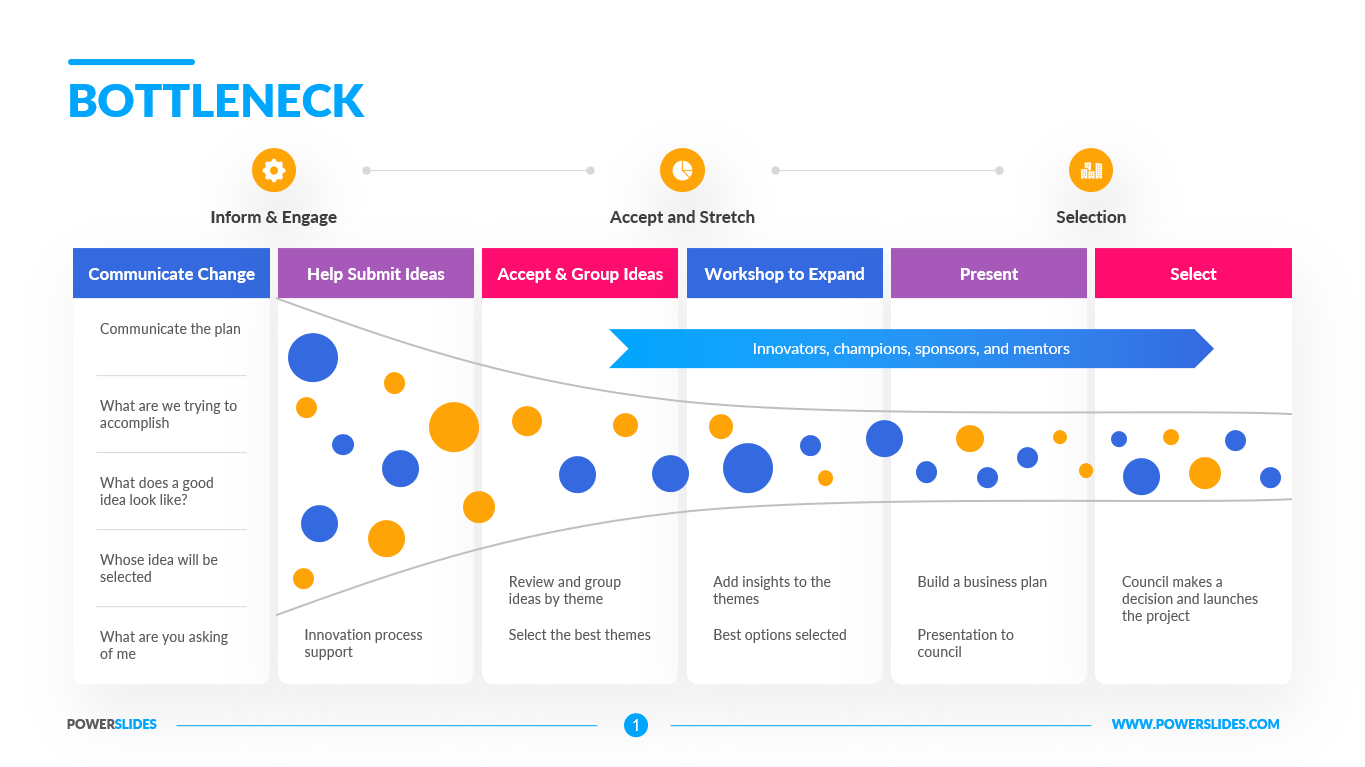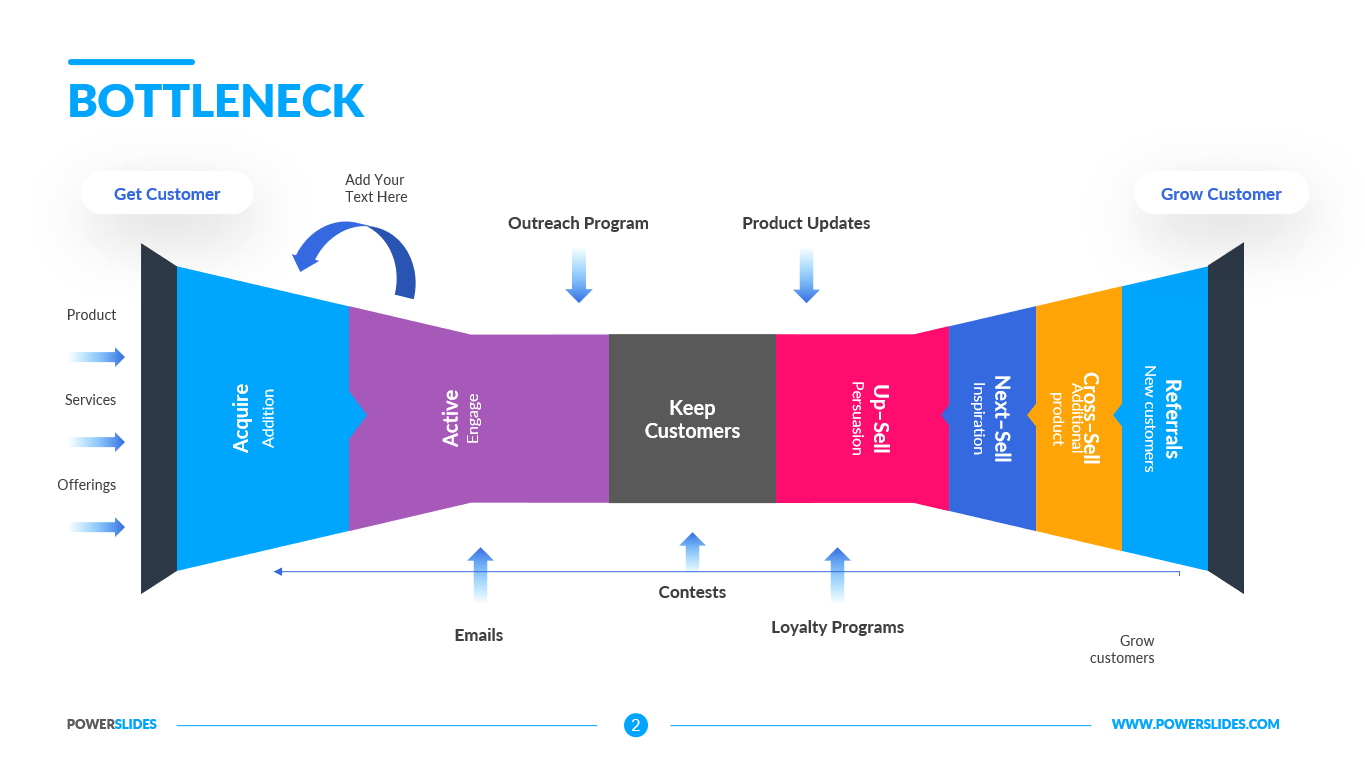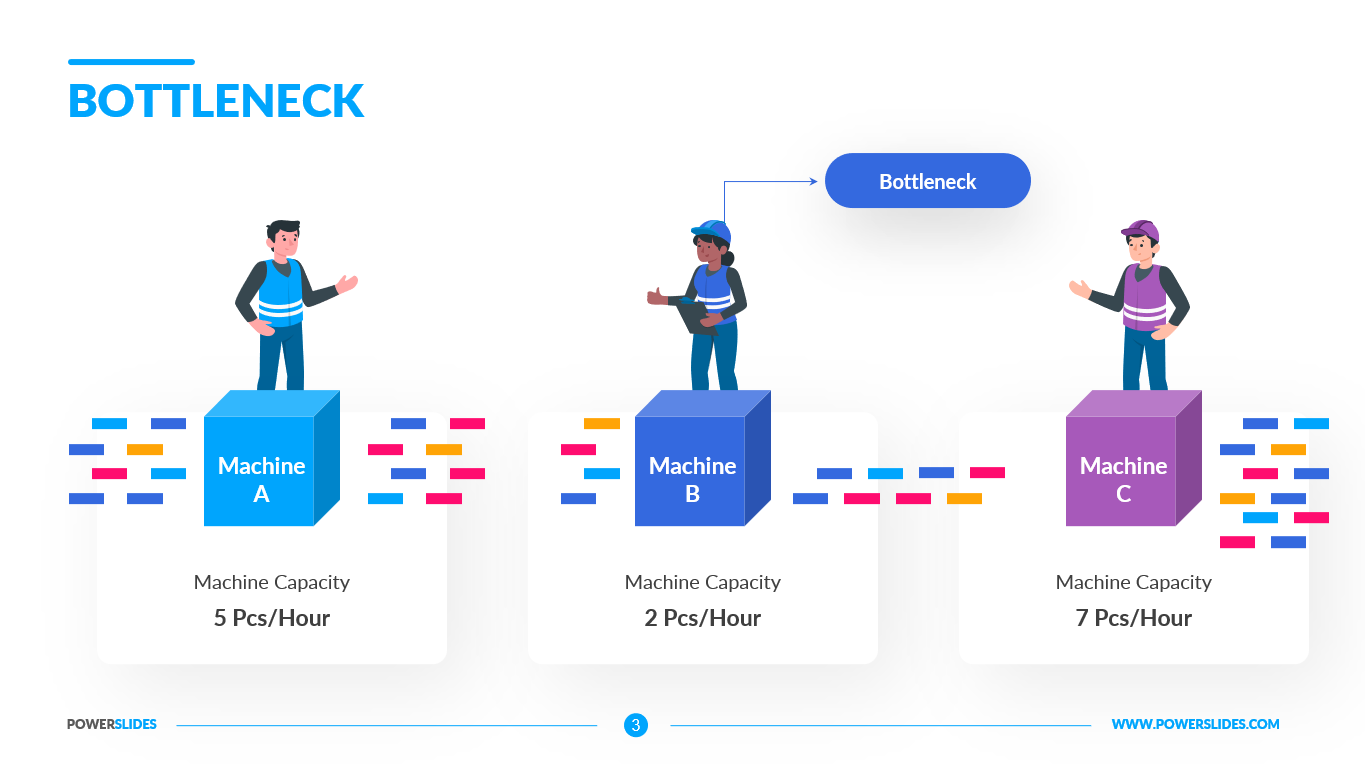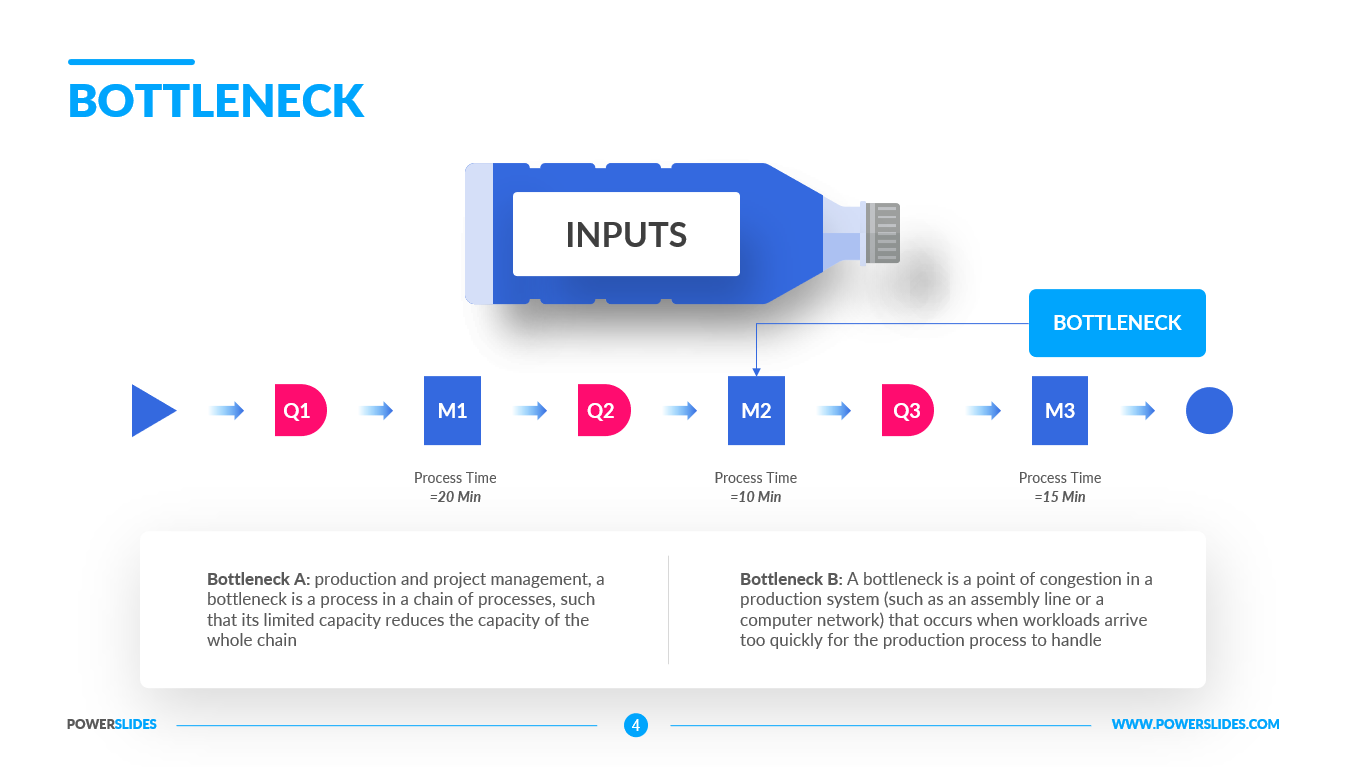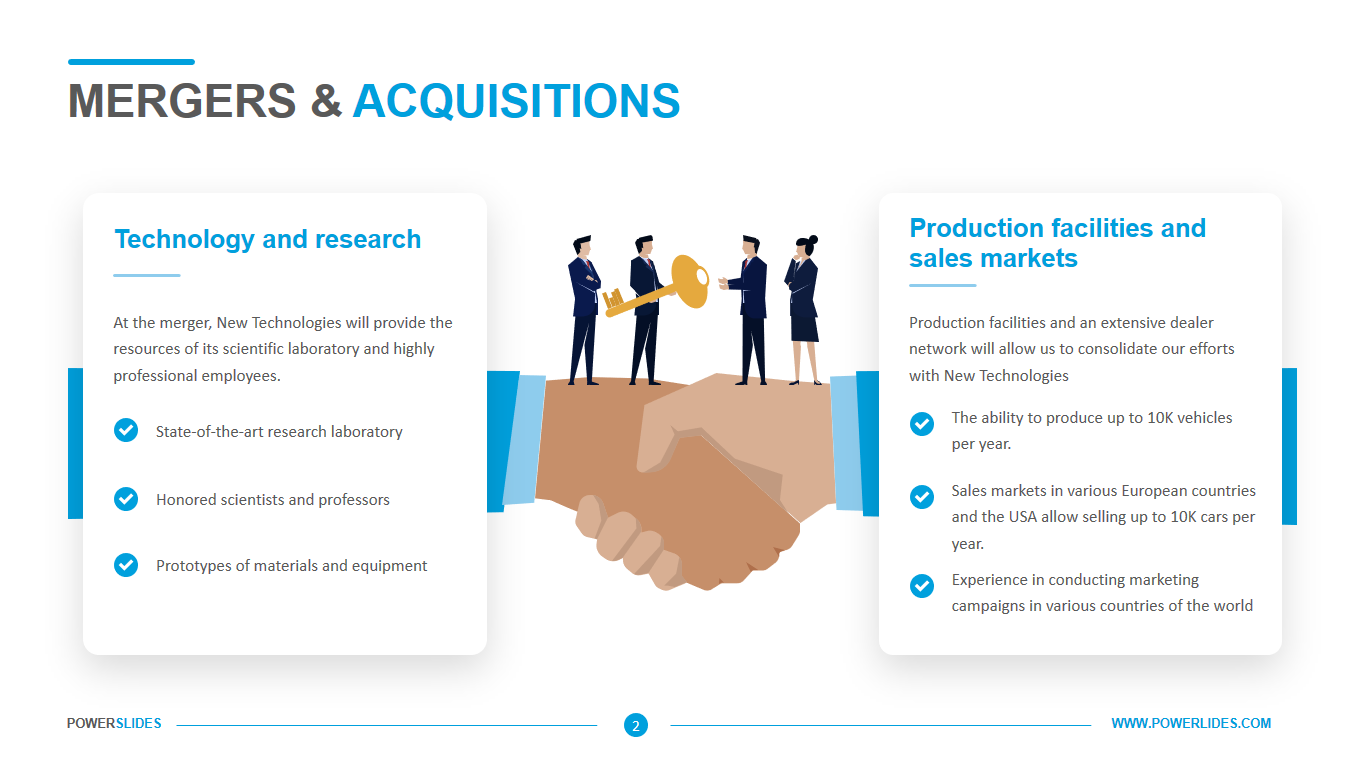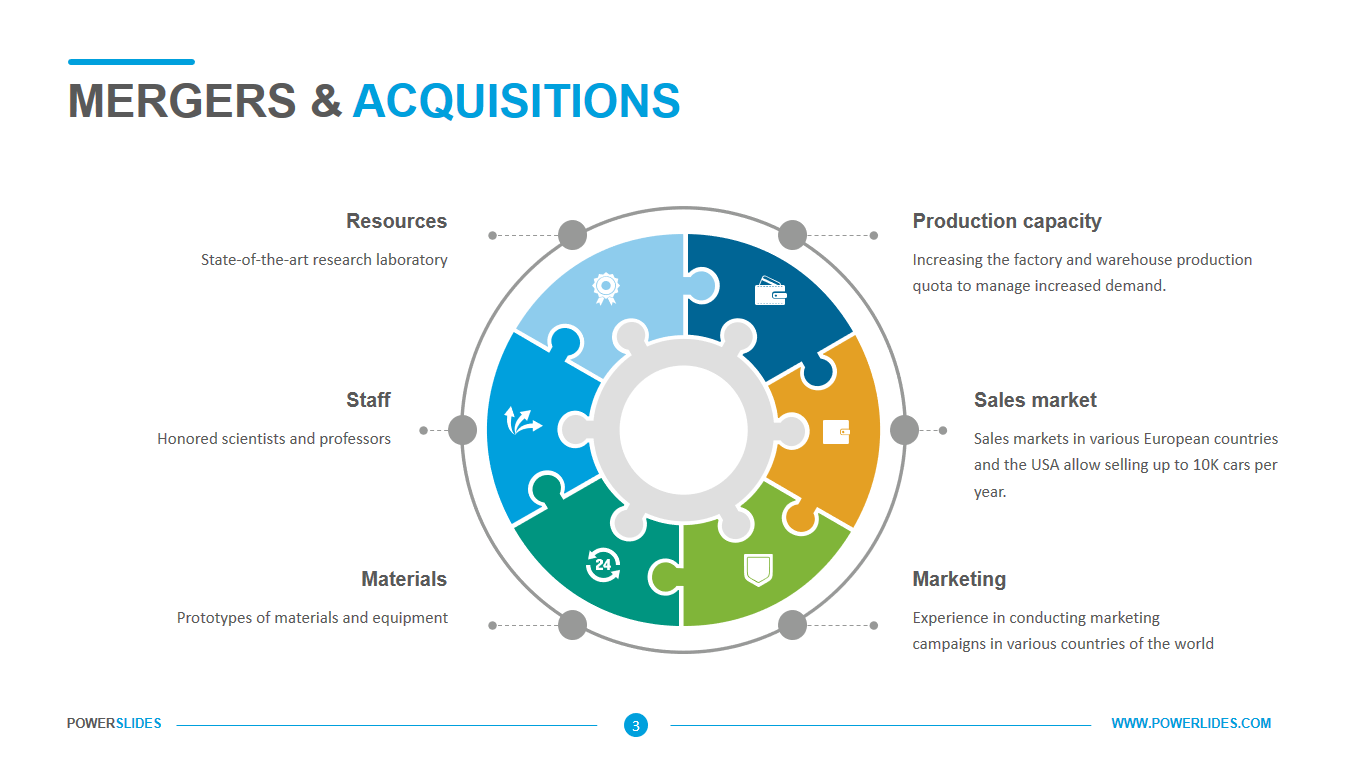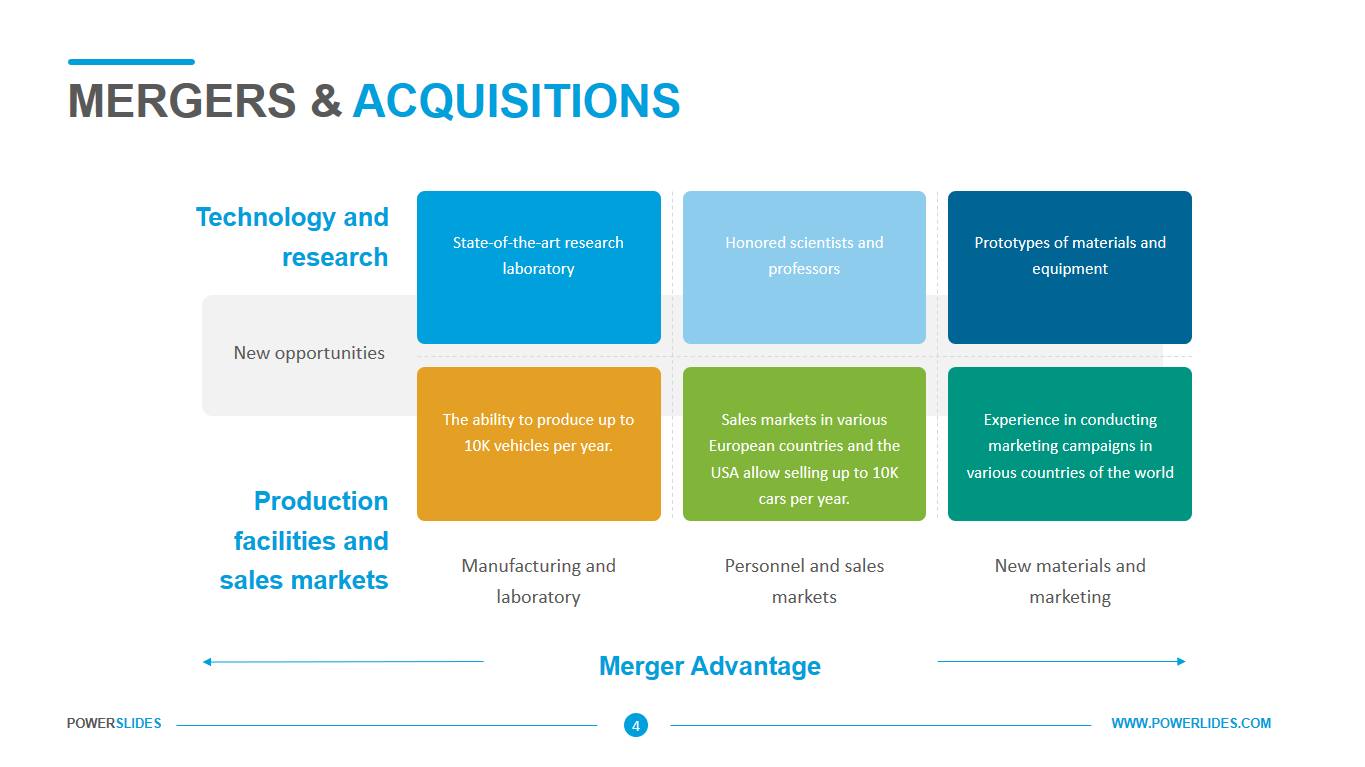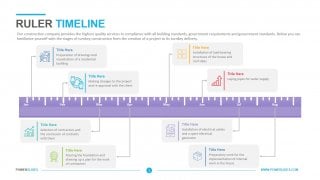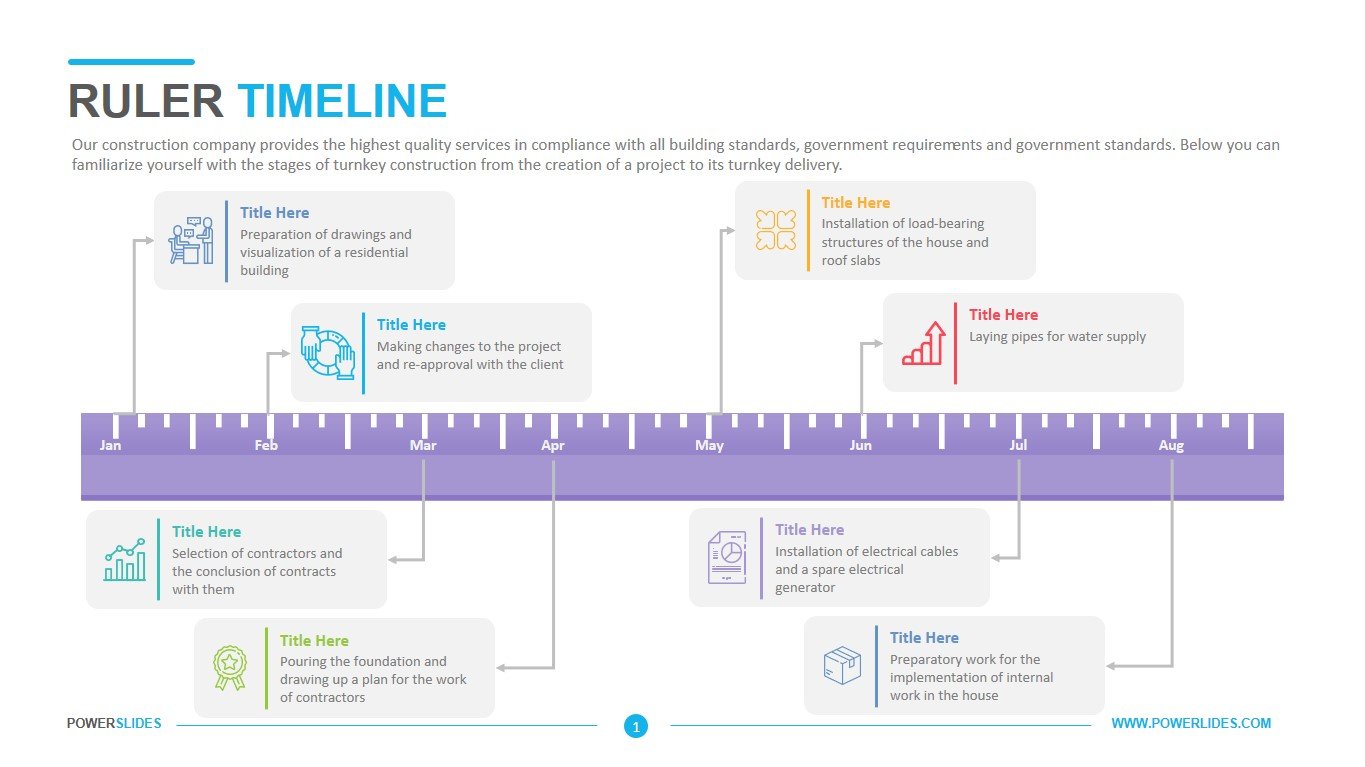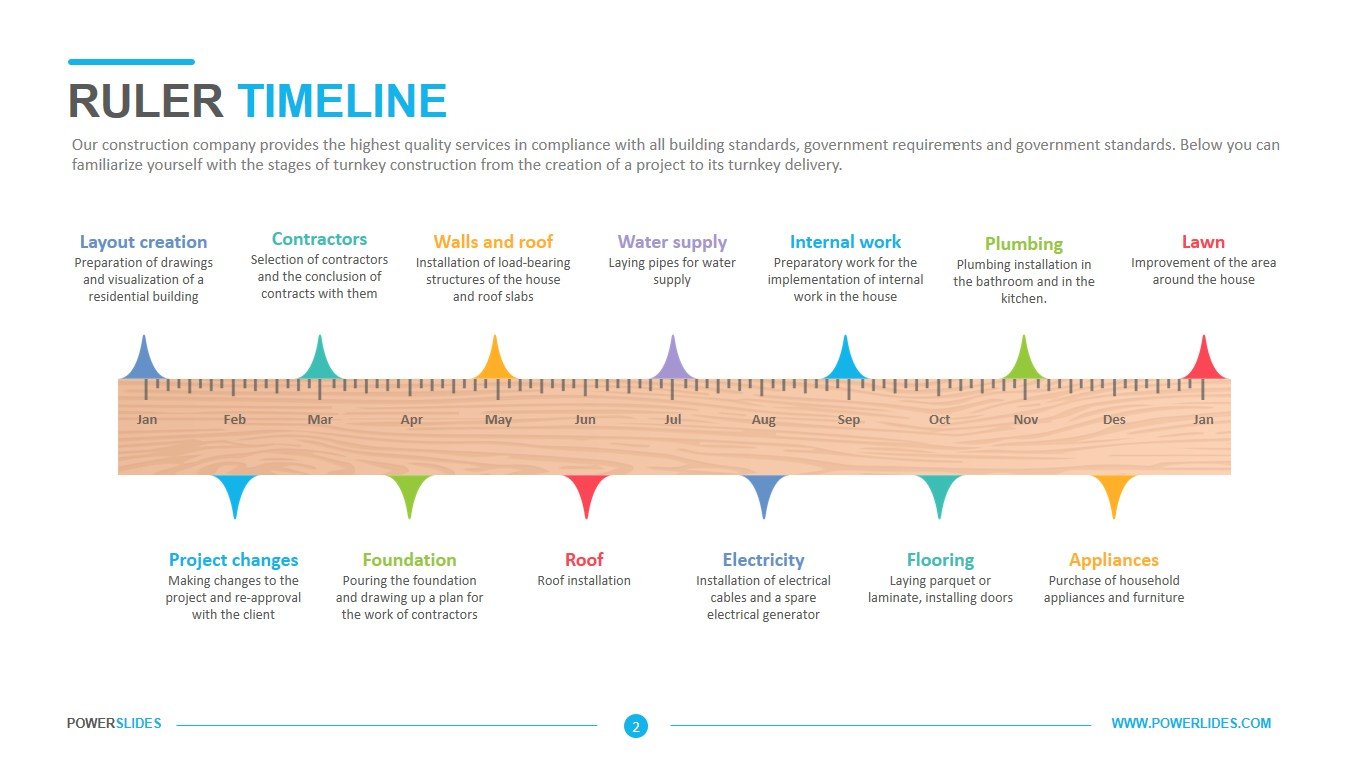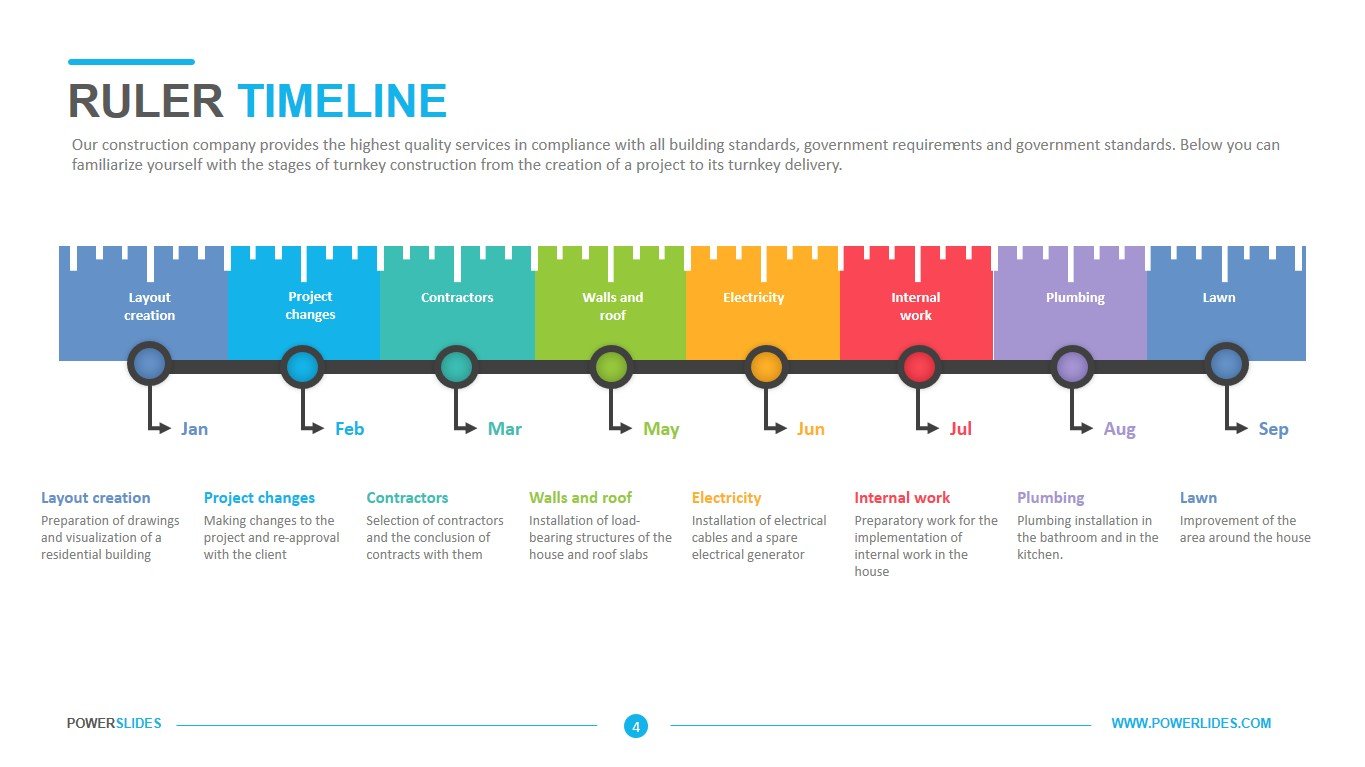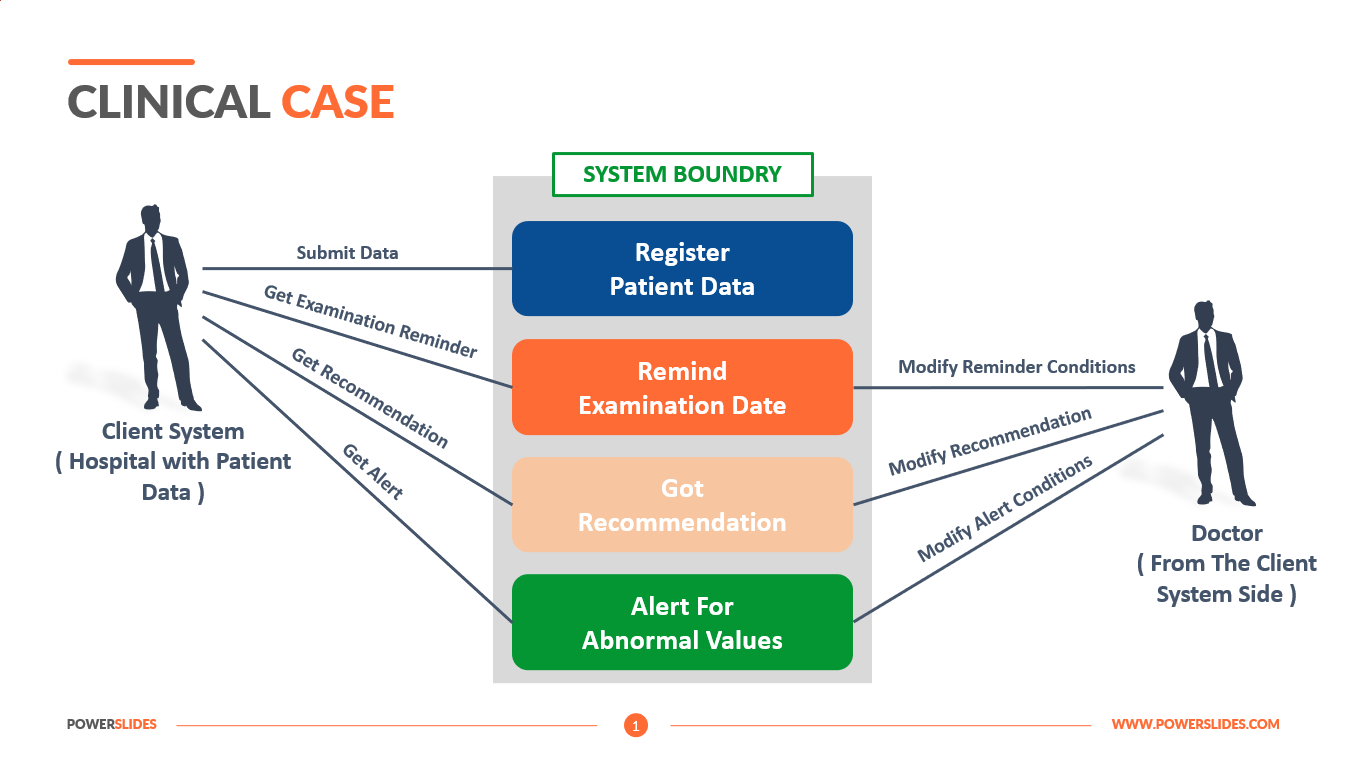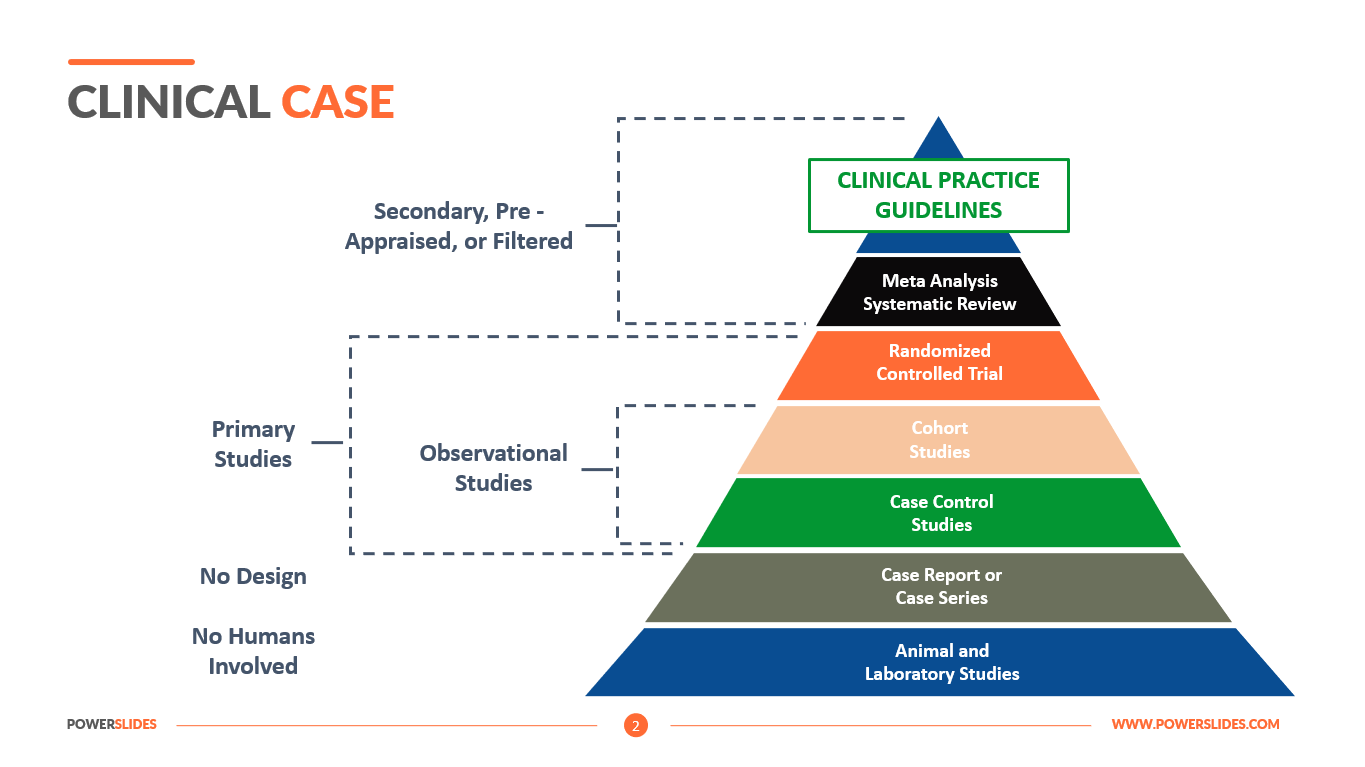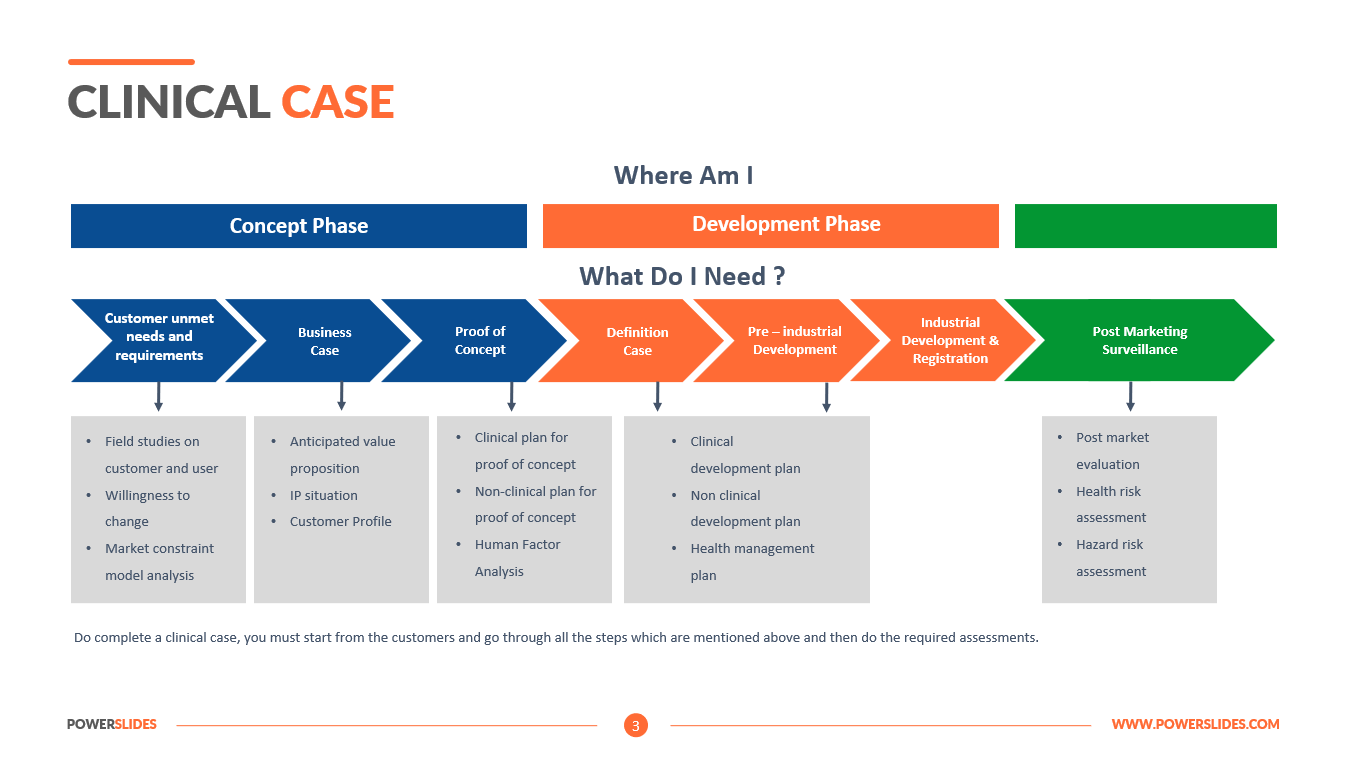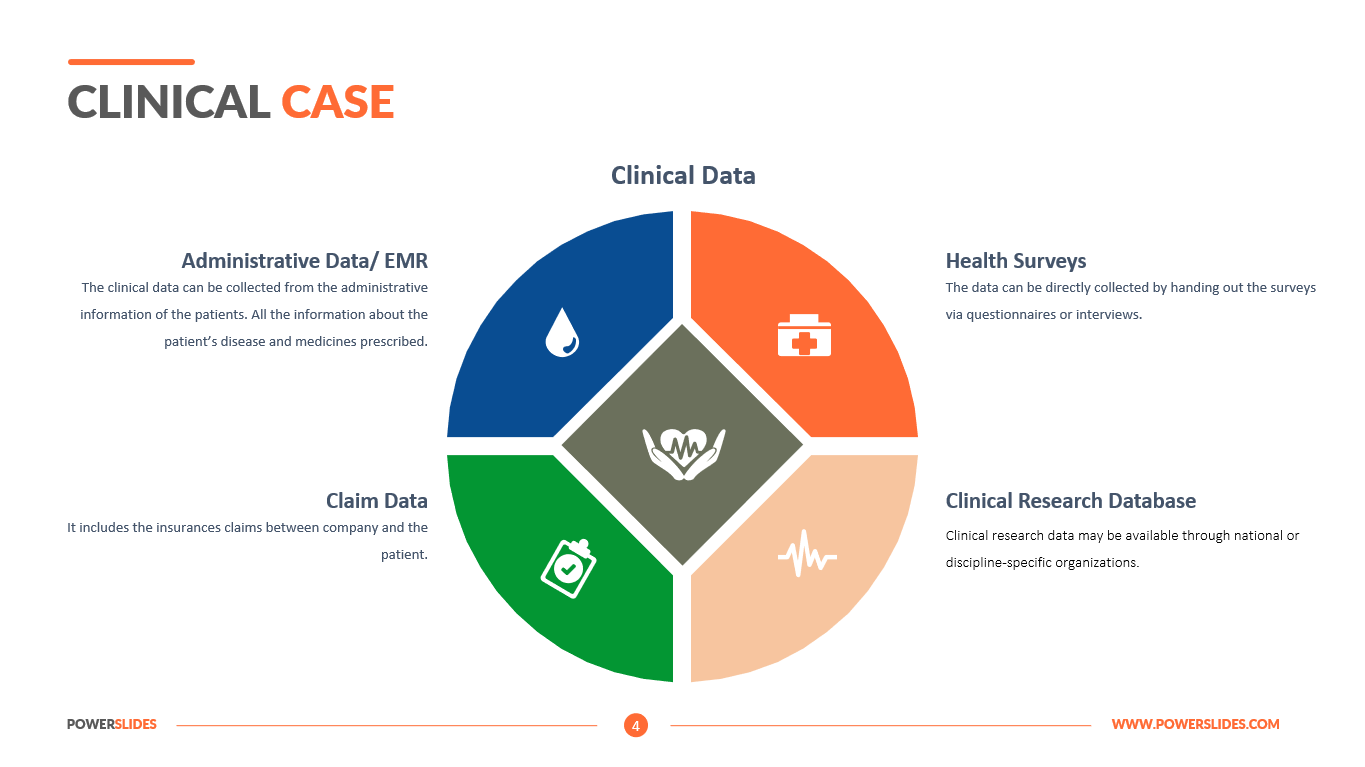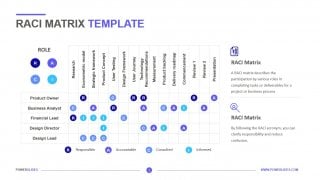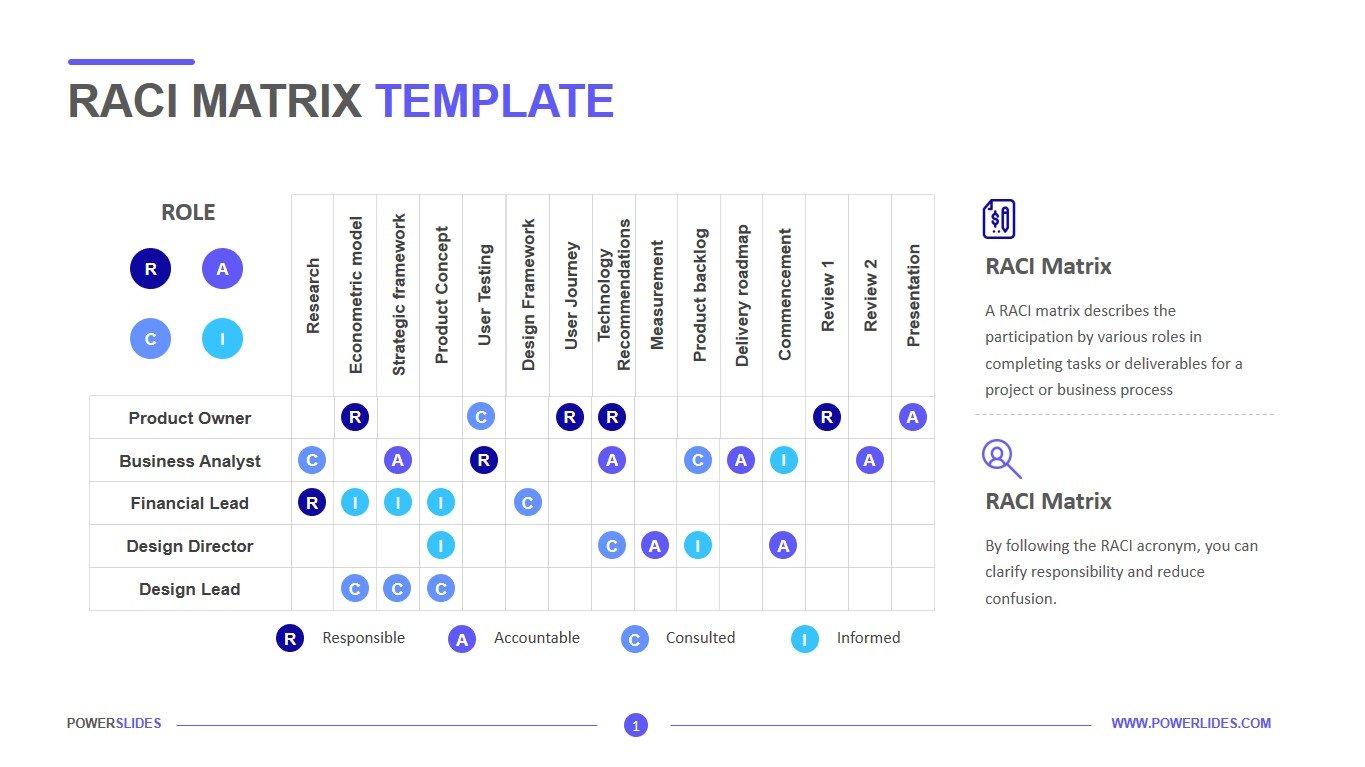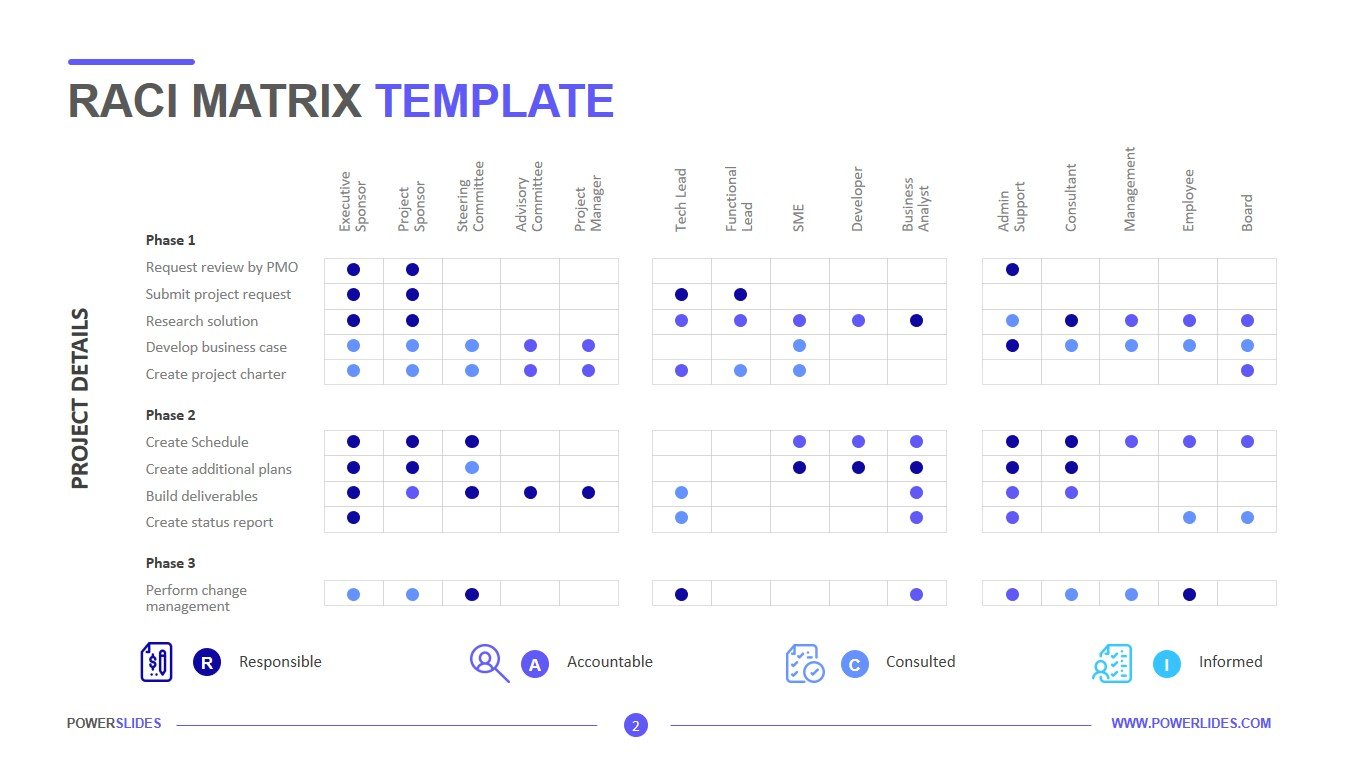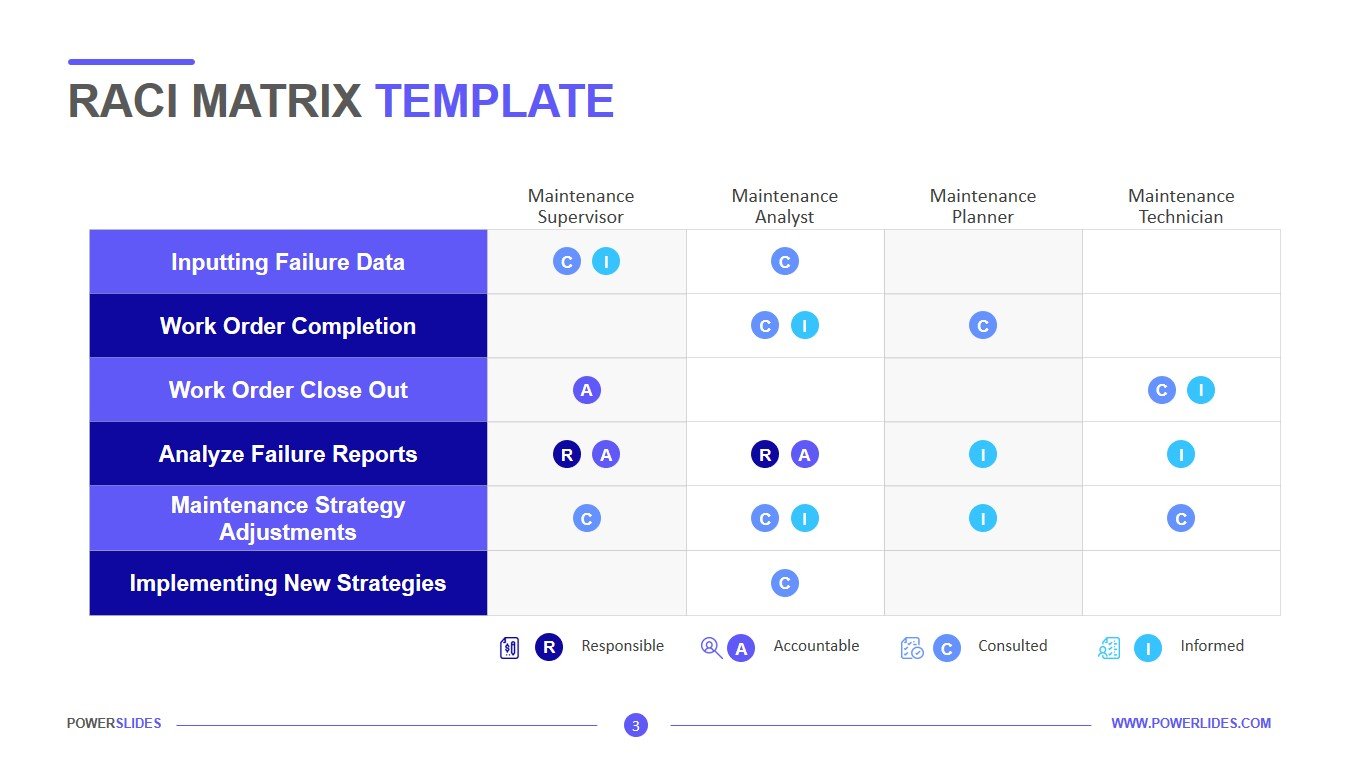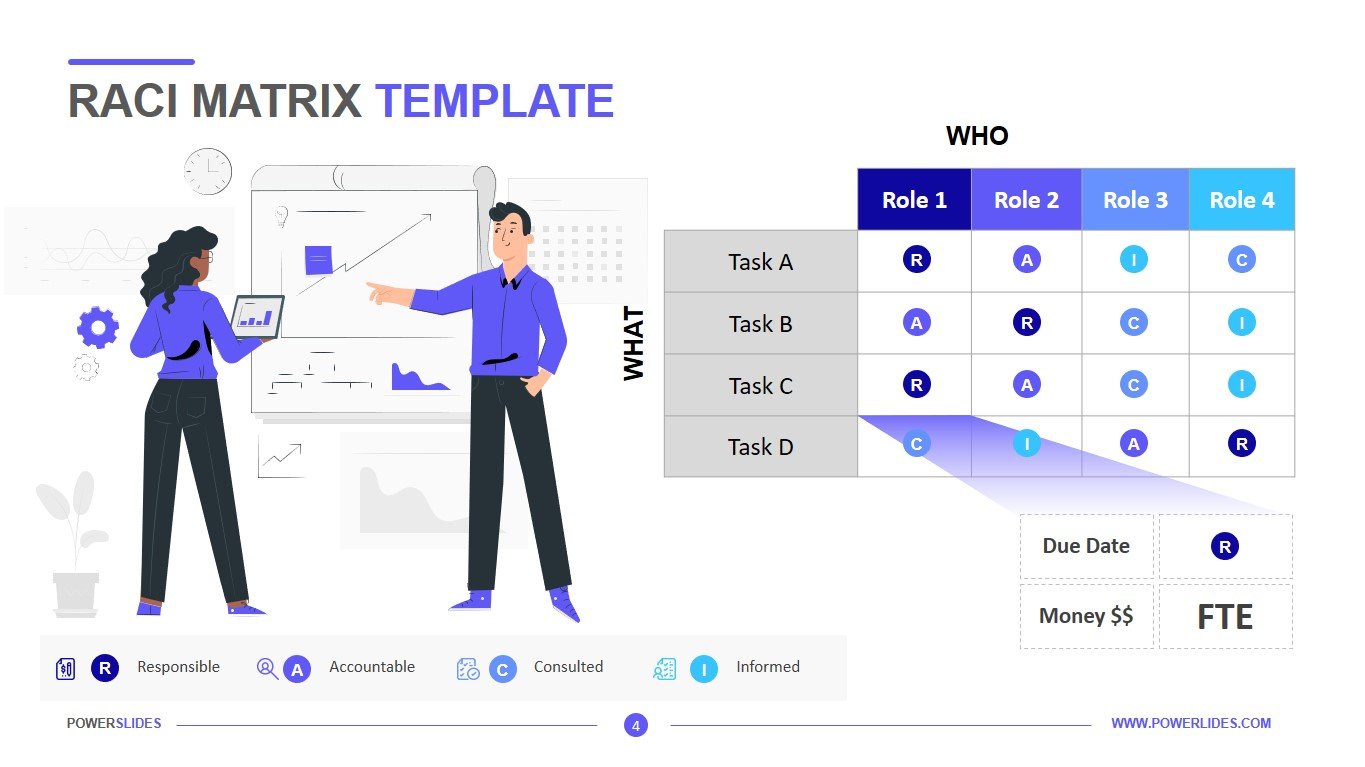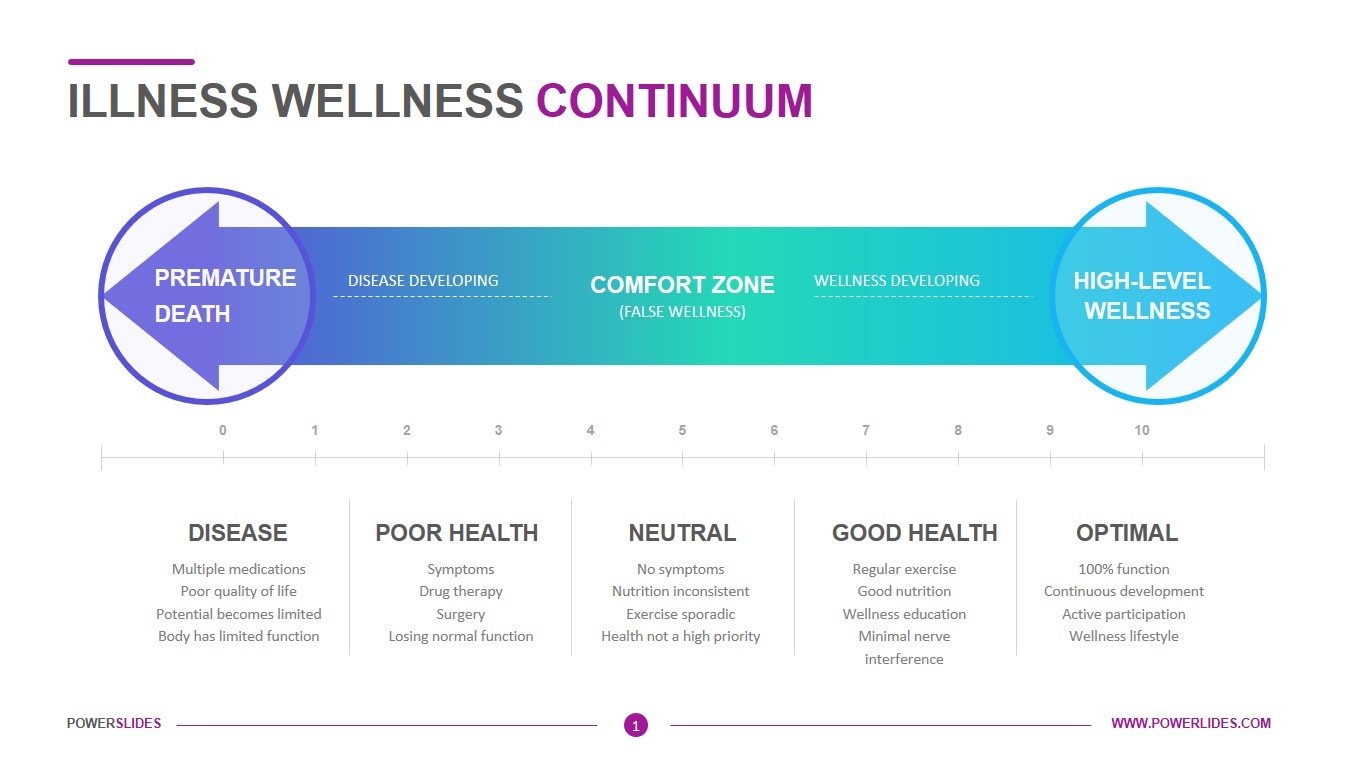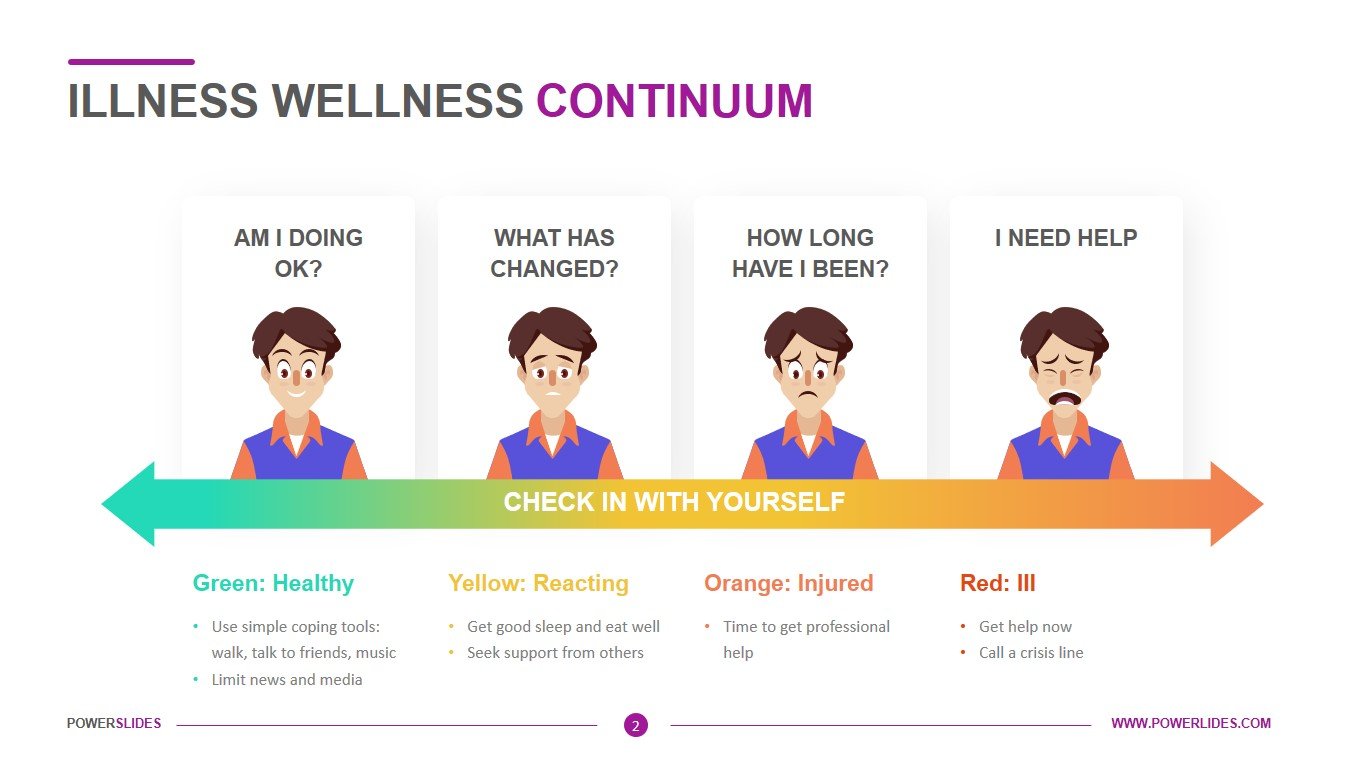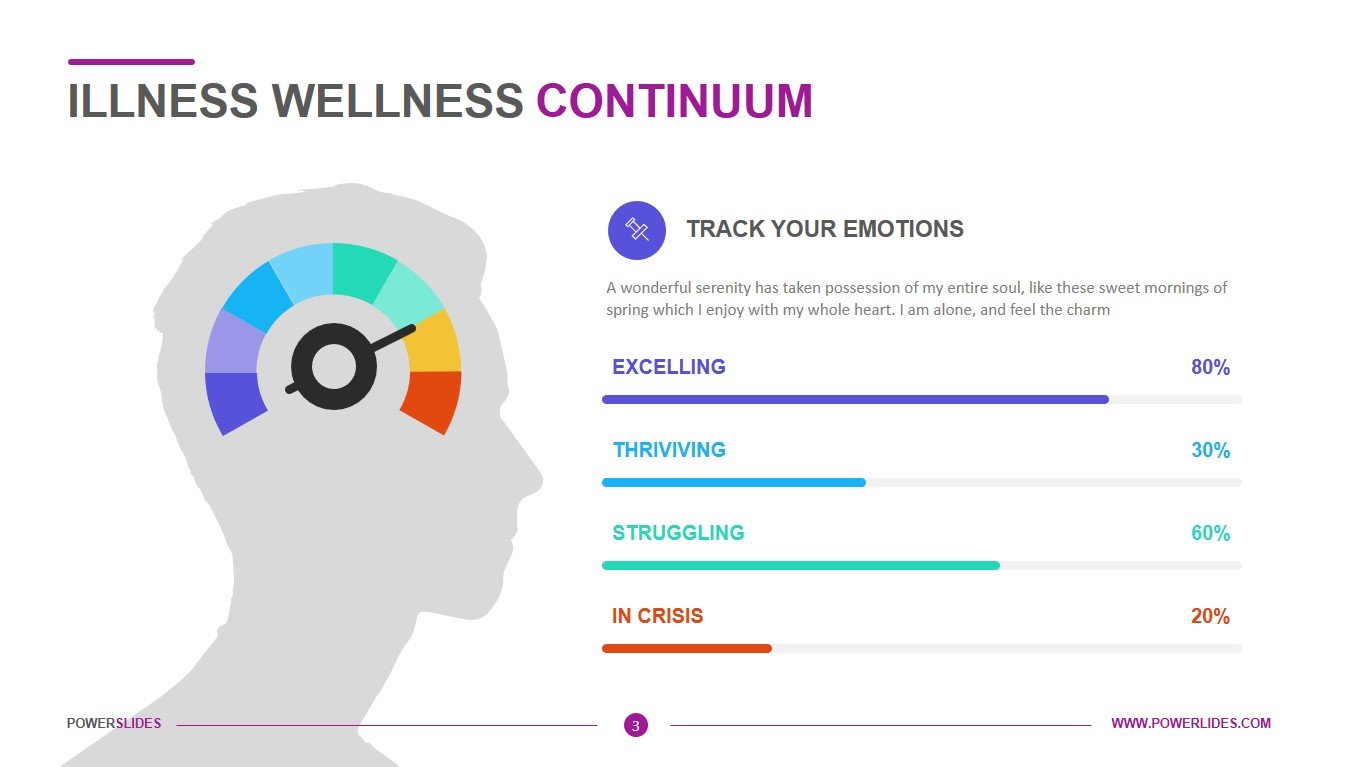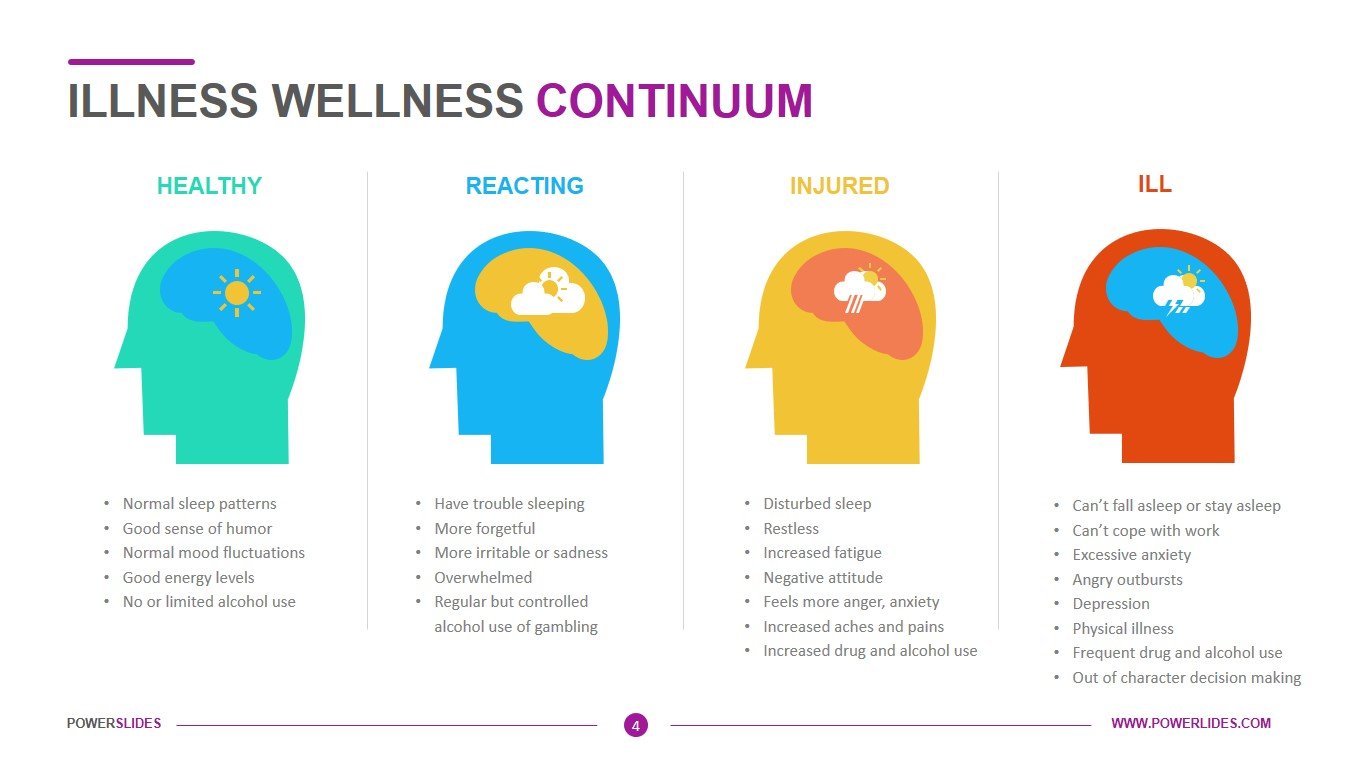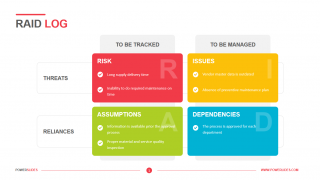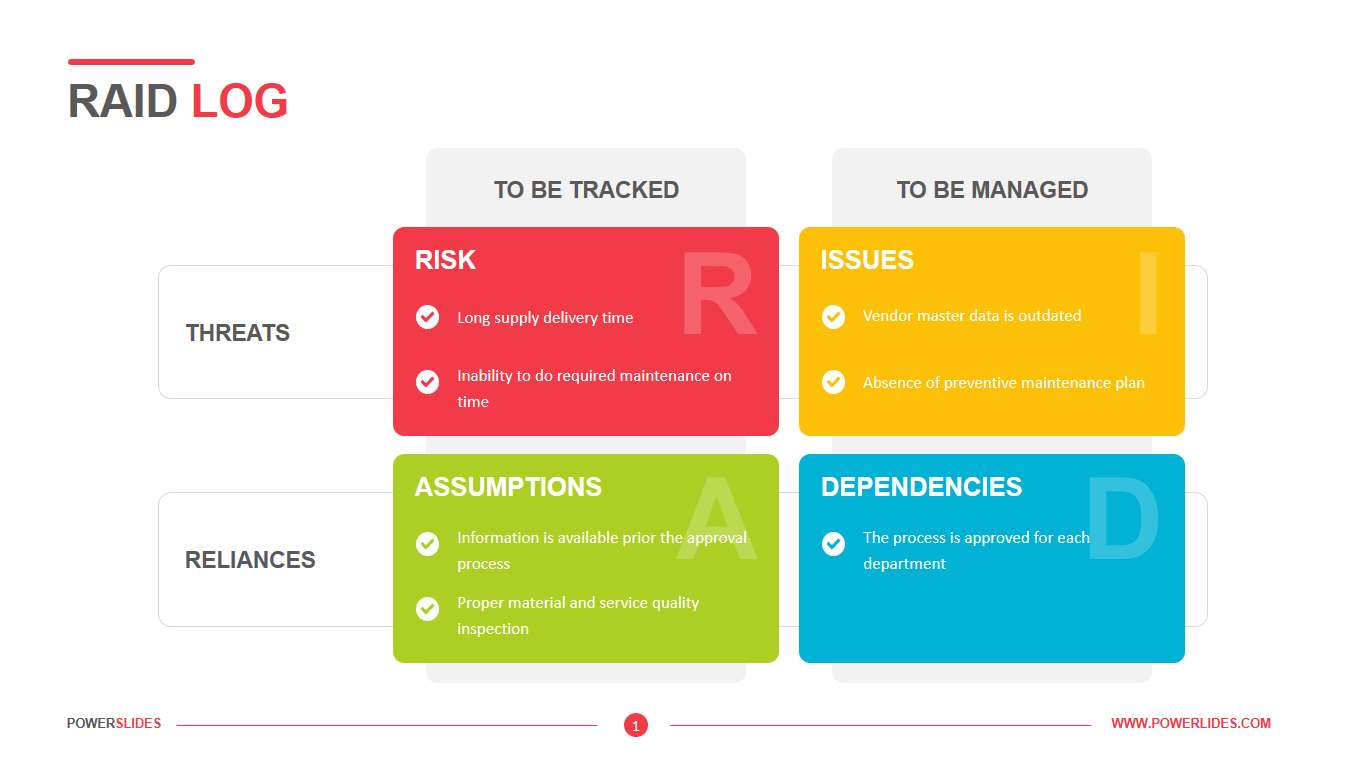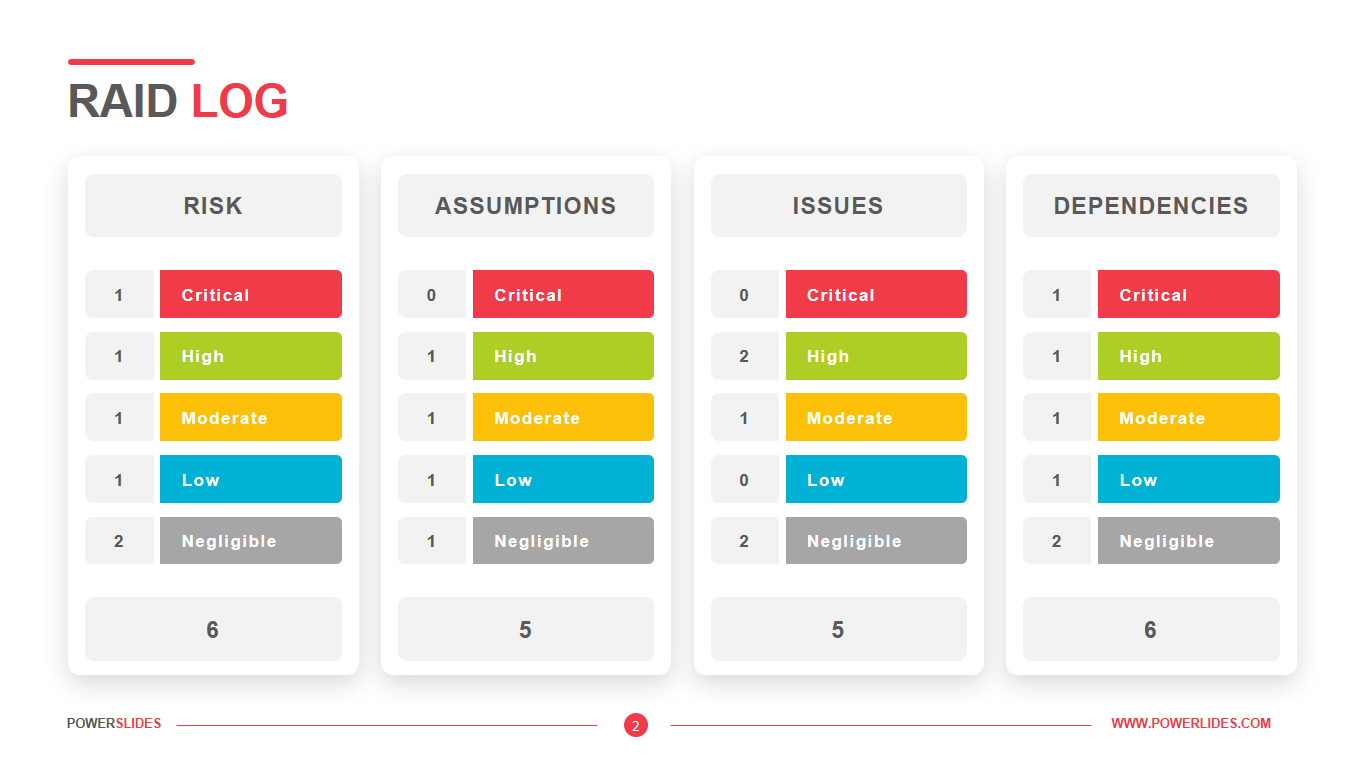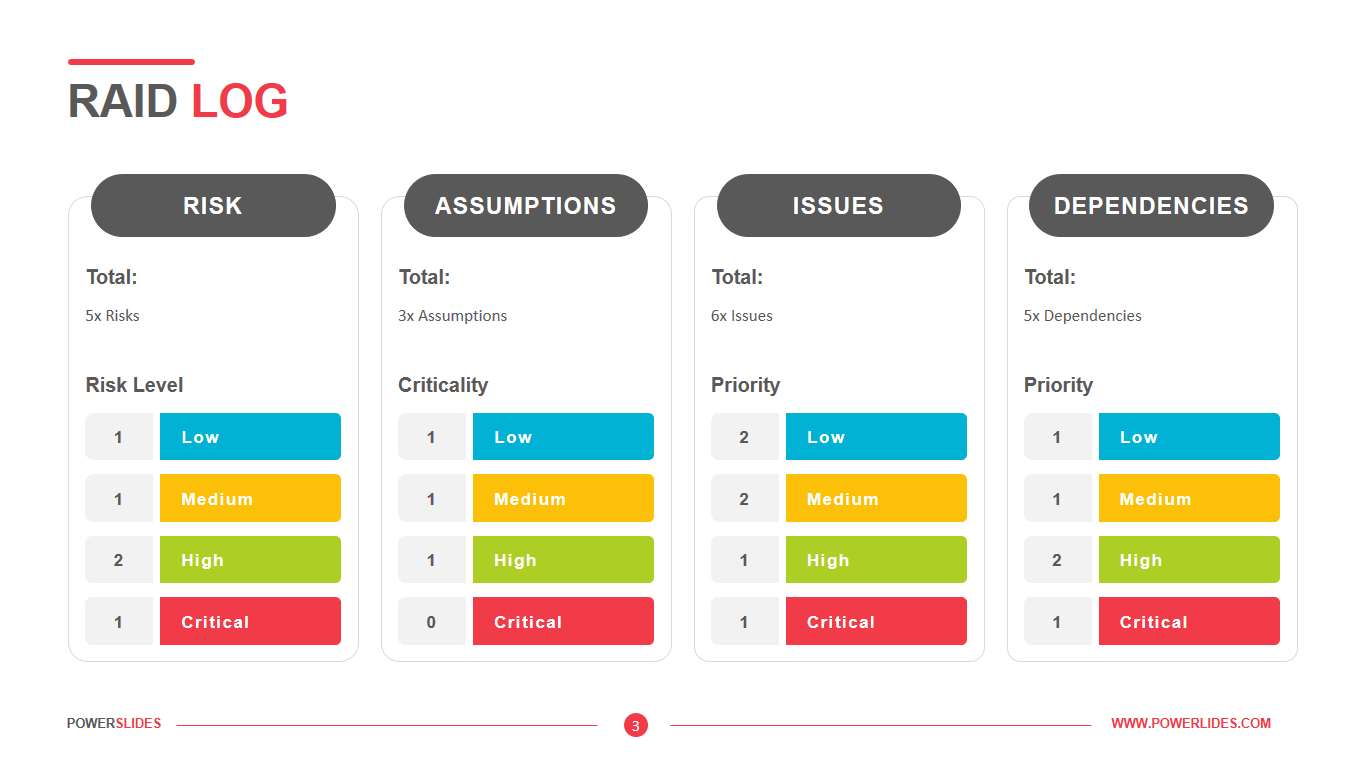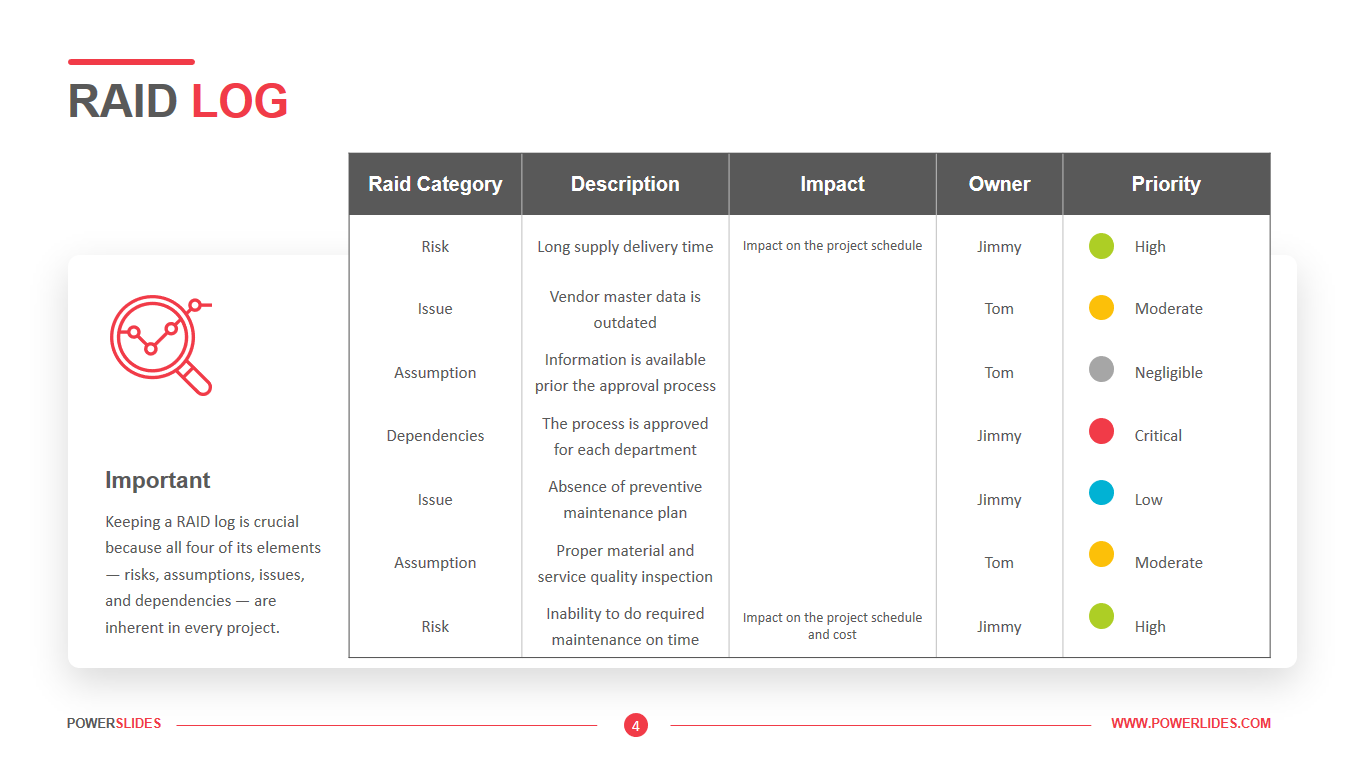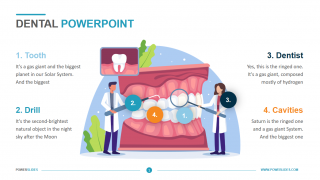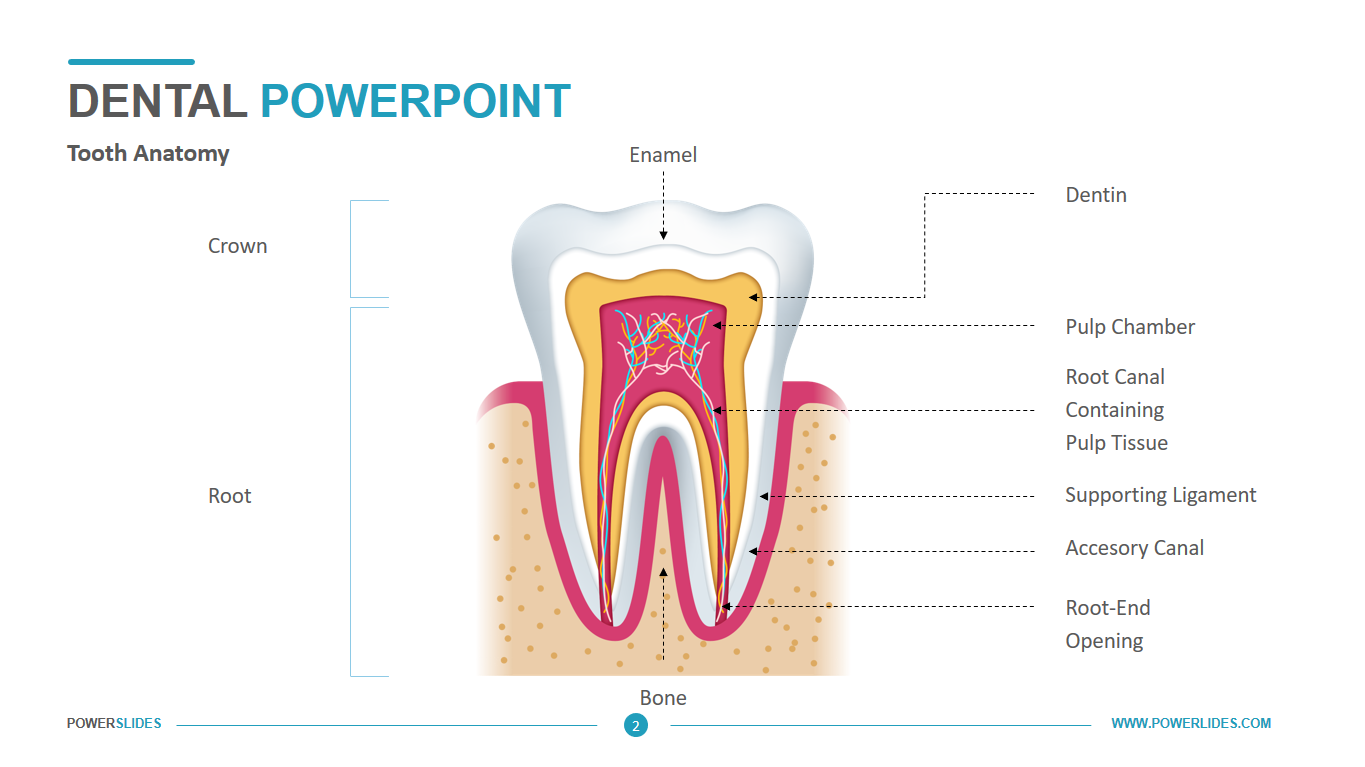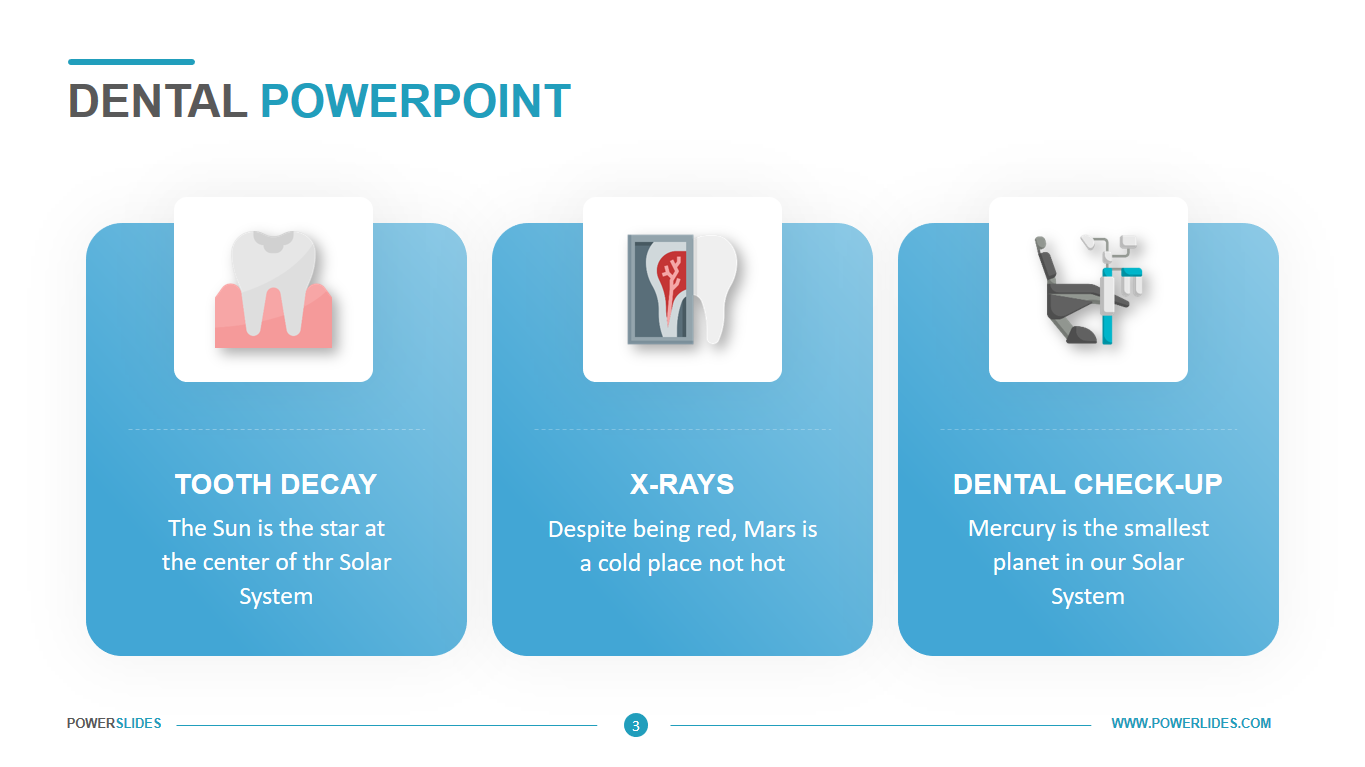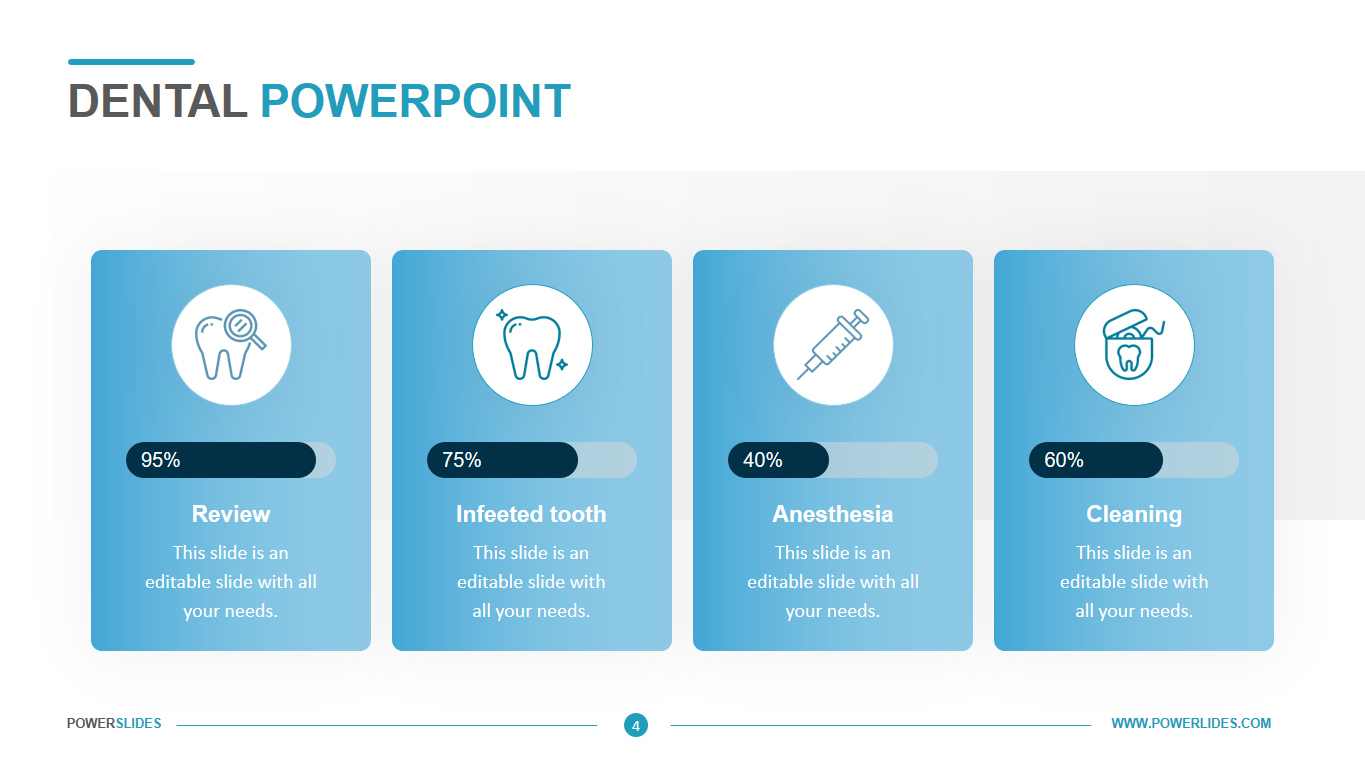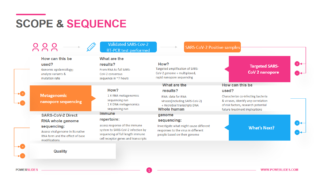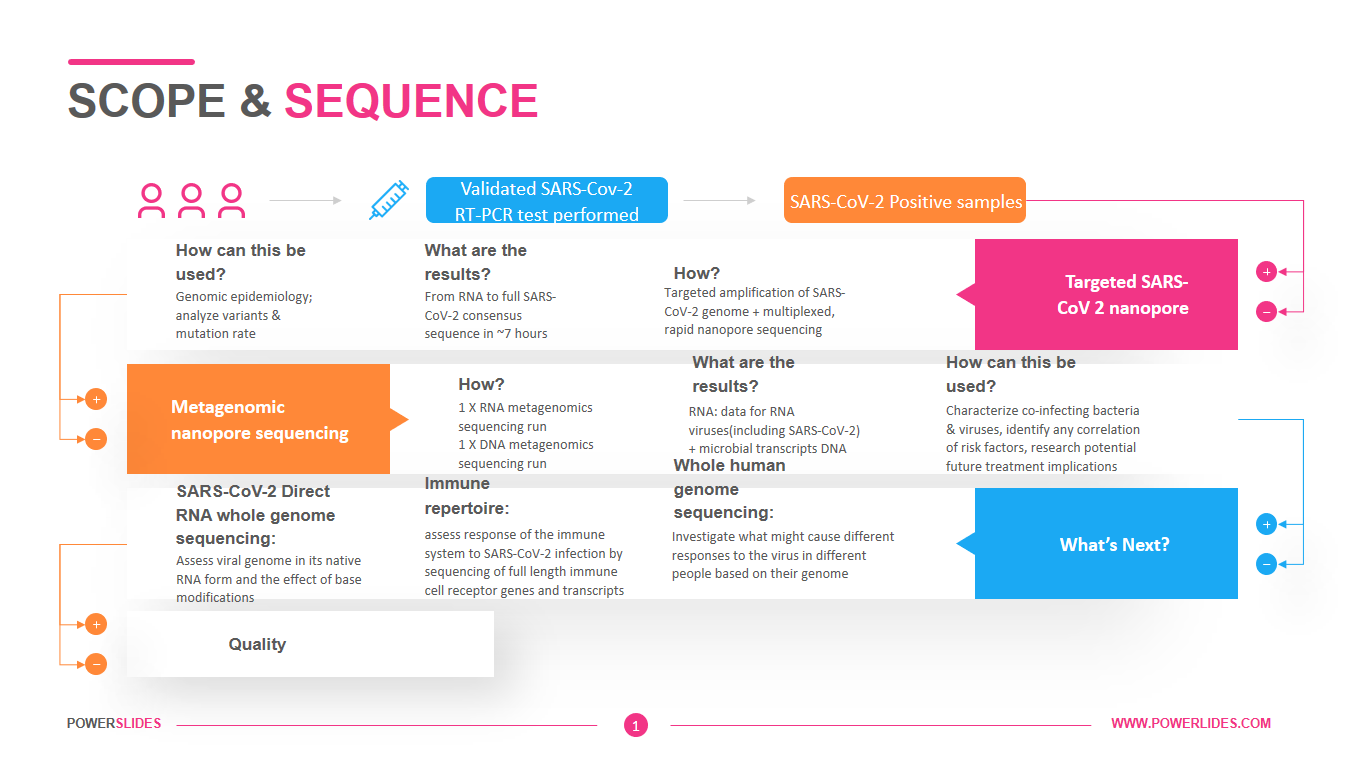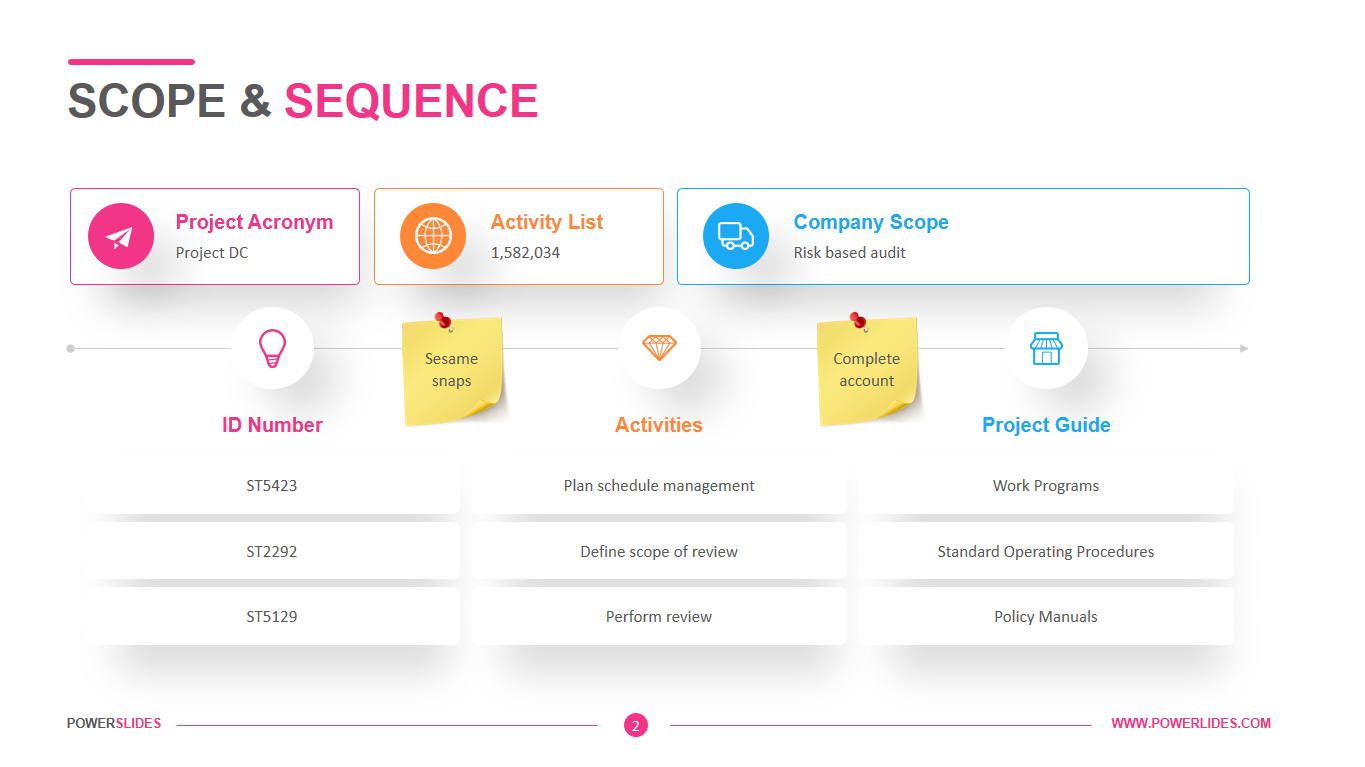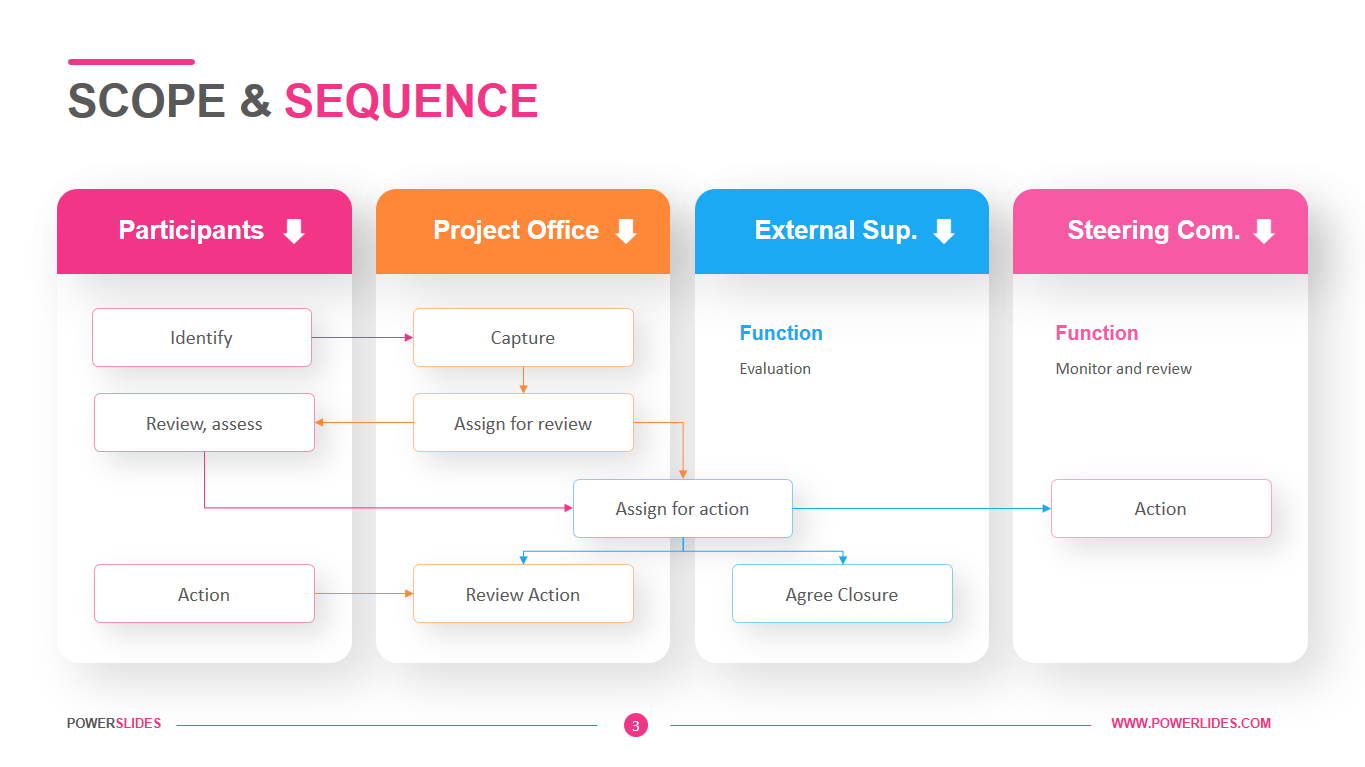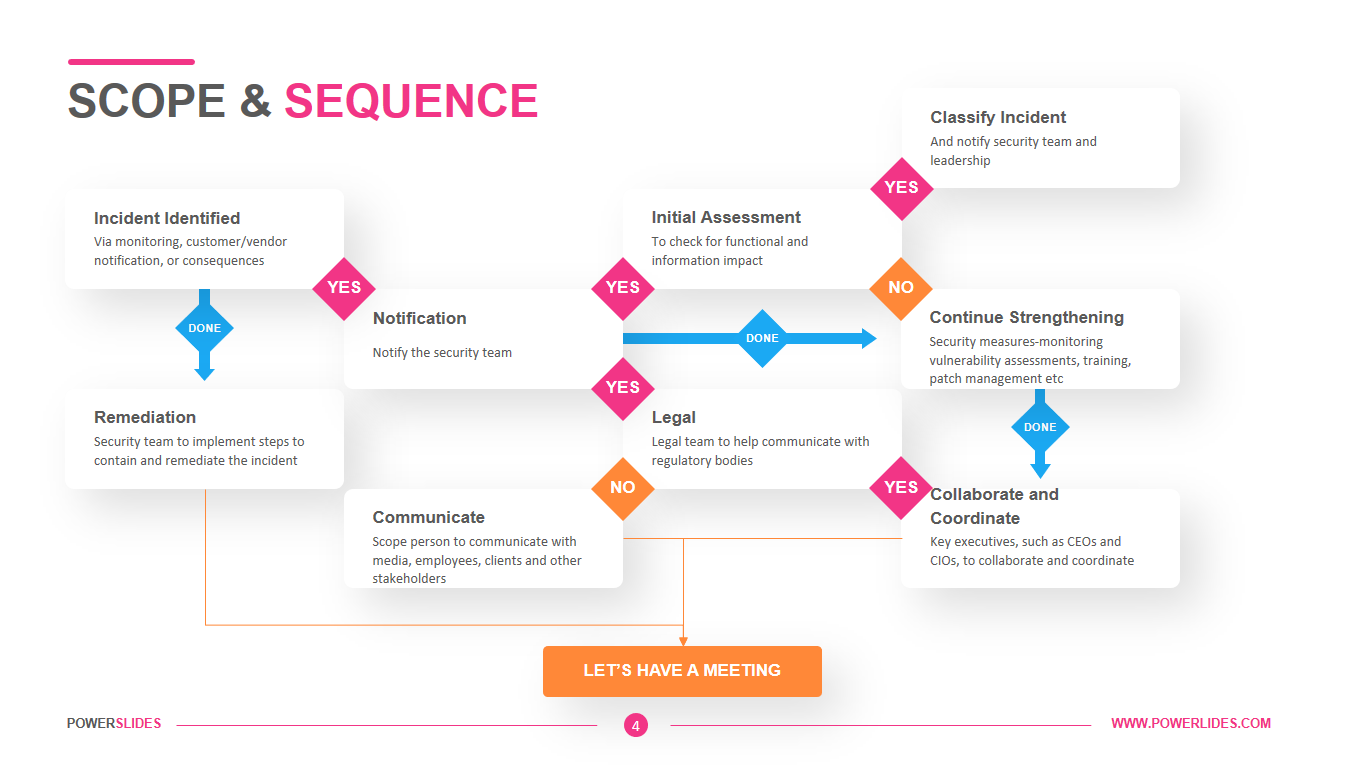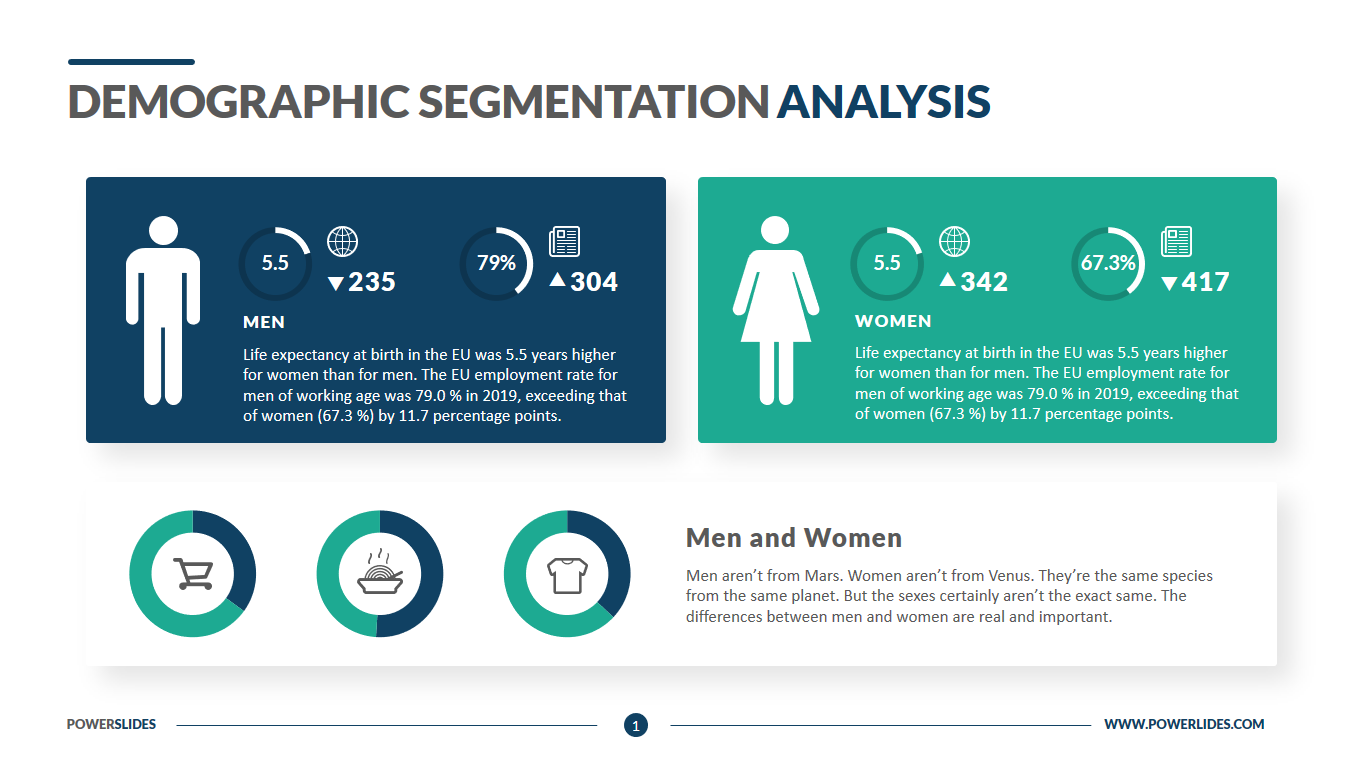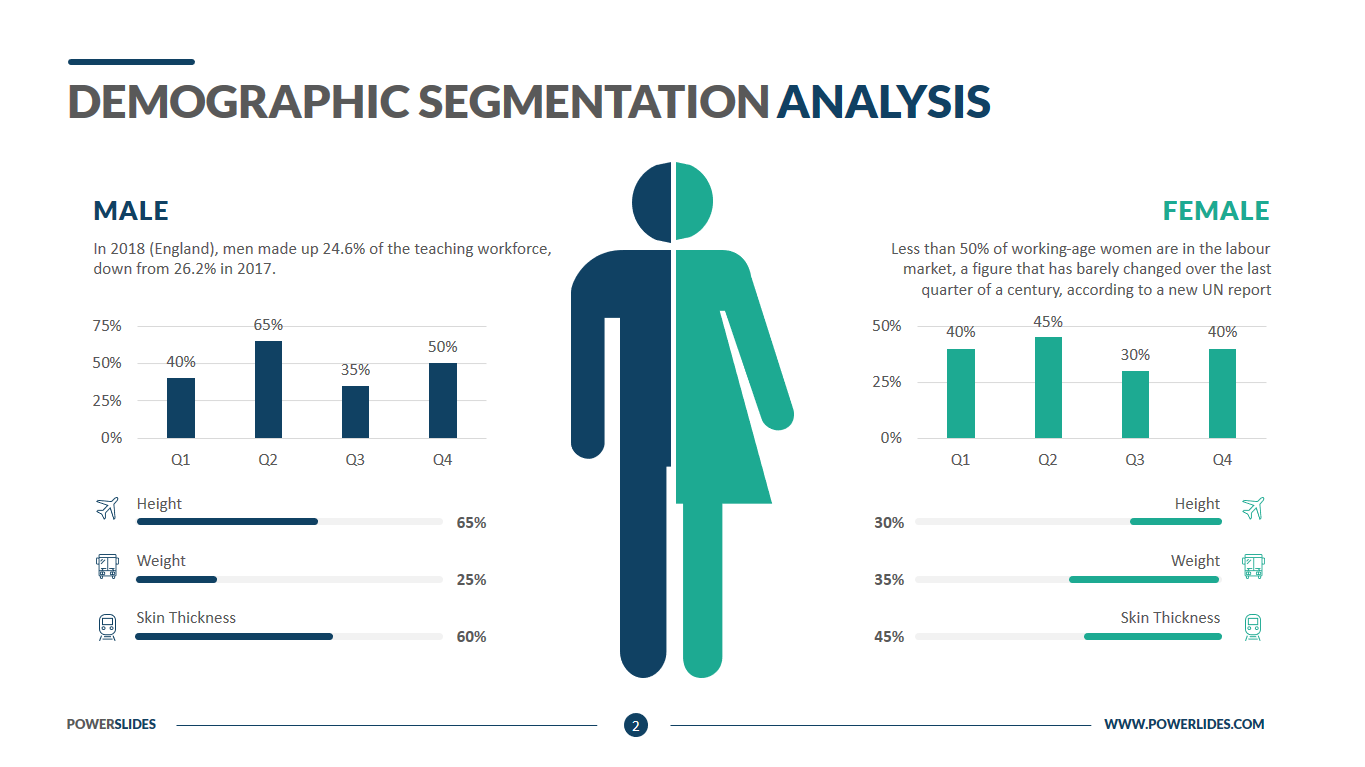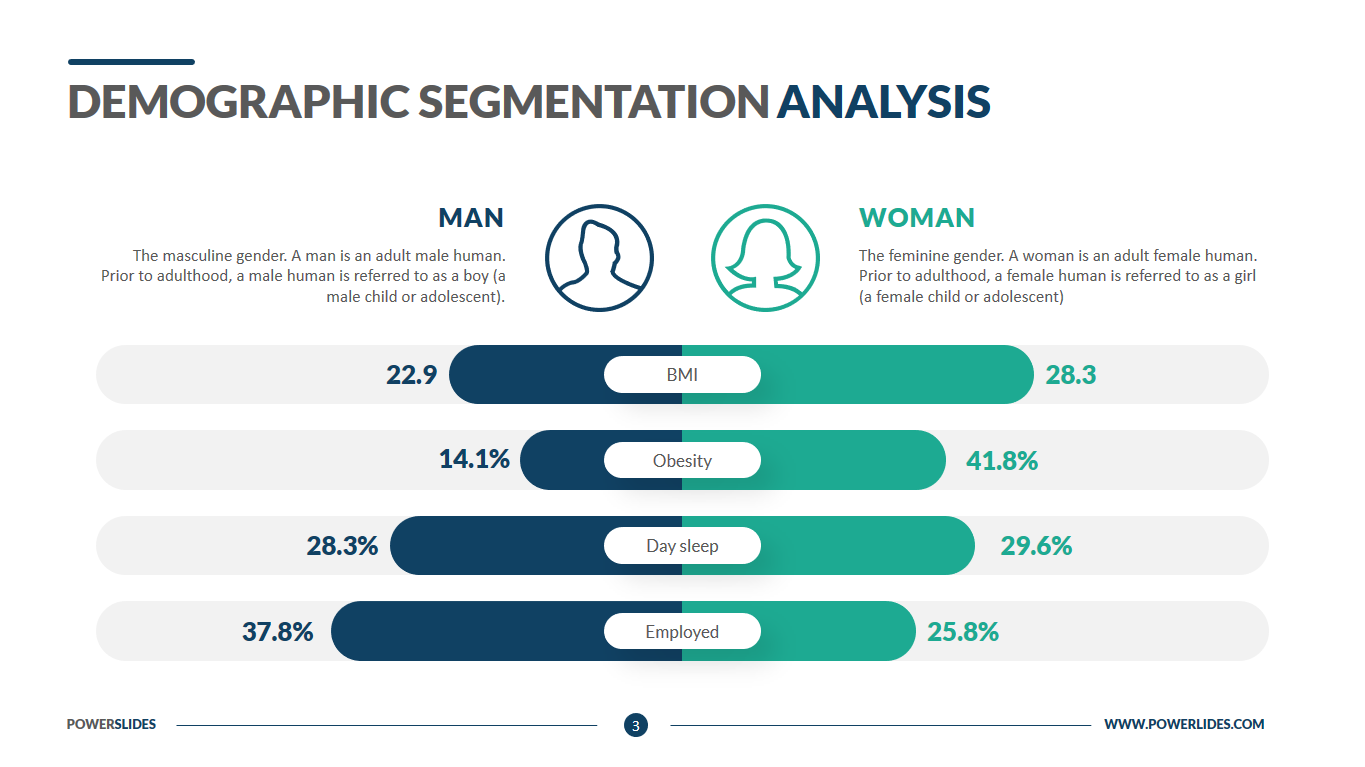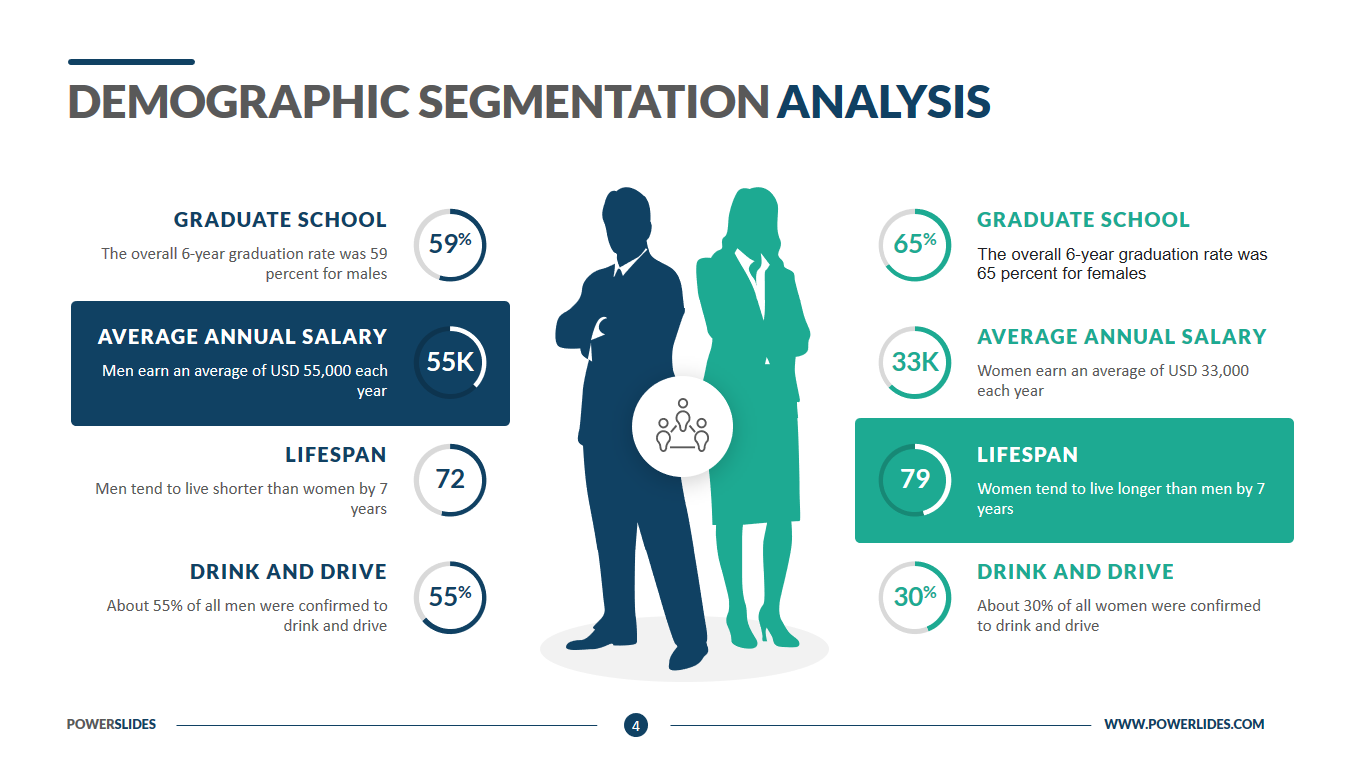Diabetic PowerPoint
 4 Slides
4 Slides
 File size: 16:9
File size: 16:9 
 Fonts: Lato Black, Calibri
Fonts: Lato Black, Calibri  Supported version
PPT 2010, PPT 2013, PPT 2016
Supported version
PPT 2010, PPT 2013, PPT 2016
Product details
Diabetes is a disease that occurs when your blood glucose, also called blood sugar, is too high. Blood glucose is your main source of energy and comes from the food you eat. Insulin, a hormone made by the pancreas, helps glucose from food get into your cells to be used for energy. Sometimes your body does not make enough or any insulin or does not use insulin well. Glucose then stays in your blood and does not reach your cells. Over time, having too much glucose in your blood can cause health problems. Although diabetes has no cure, you can take steps to manage your diabetes and stay healthy. Sometimes people call diabetes a touch of sugar or borderline diabetes. These terms suggest that someone does not really have diabetes or has a less serious case, but every case of diabetes is serious. The most common types of diabetes are first type, second type, and gestational diabetes. If you have first type diabetes, your body does not make insulin. Your immune system attacks and destroys the cells in your pancreas that make insulin. First type diabetes is usually diagnosed in children and young adults, although it can appear at any age. People with first type diabetes need to take insulin every day to stay alive. If you have second type diabetes, your body does not make or use insulin well. You can develop second type diabetes at any age, even during childhood. However, this type of diabetes occurs most often in middle-aged and older people. Second type is the most common type of diabetes. Gestational diabetes develops in some women when they are pregnant. Most of the time, this type of diabetes goes away after the baby is born. However, if you have had gestational diabetes, you have a greater chance of developing second type diabetes later in life. Less common types include monogenic diabetes, which is an inherited form of diabetes, and cystic fibrosis-related diabetes. You are more likely to develop second type diabetes if you are age 45 or older, have a family history of diabetes, or are overweight. Physical inactivity, race, and certain health problems such as high blood pressure also affect your chance of developing second type diabetes.
Diabetic Powerpoint Template consists of four stylish and modern slides. This template contains a lot of infographics. This template will primarily be useful to medical professionals. You can use the slides in this template to help you write about diabetes symptoms and treatments. For example, the second slide of the template can be used to describe the negative effects of diabetes on various human organs. For example, the third slide of this template can be used to compile diabetes statistics. Also, this template can be used by teachers of medical universities. All slides in this template are easy to edit and can be used with any of your other presentations.






